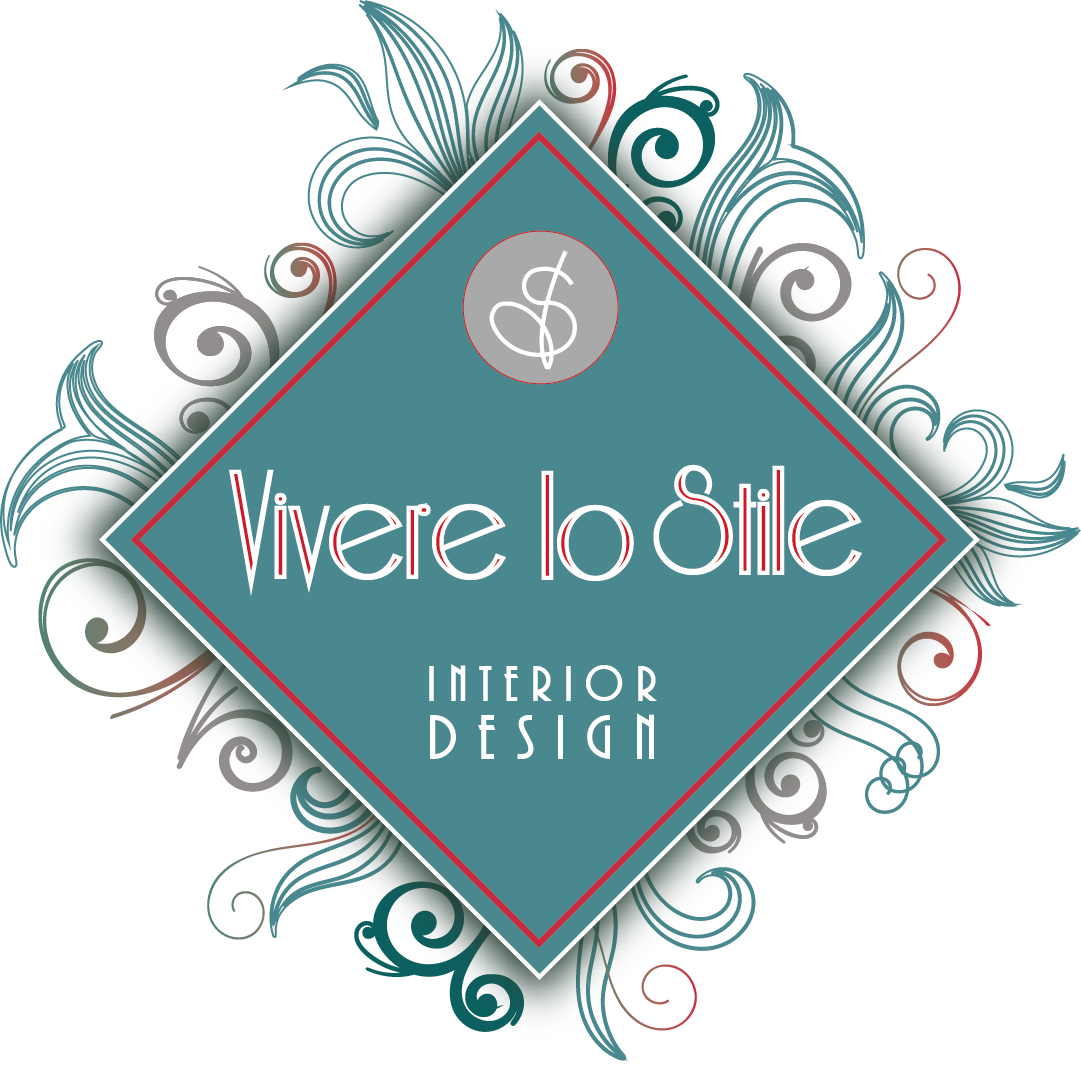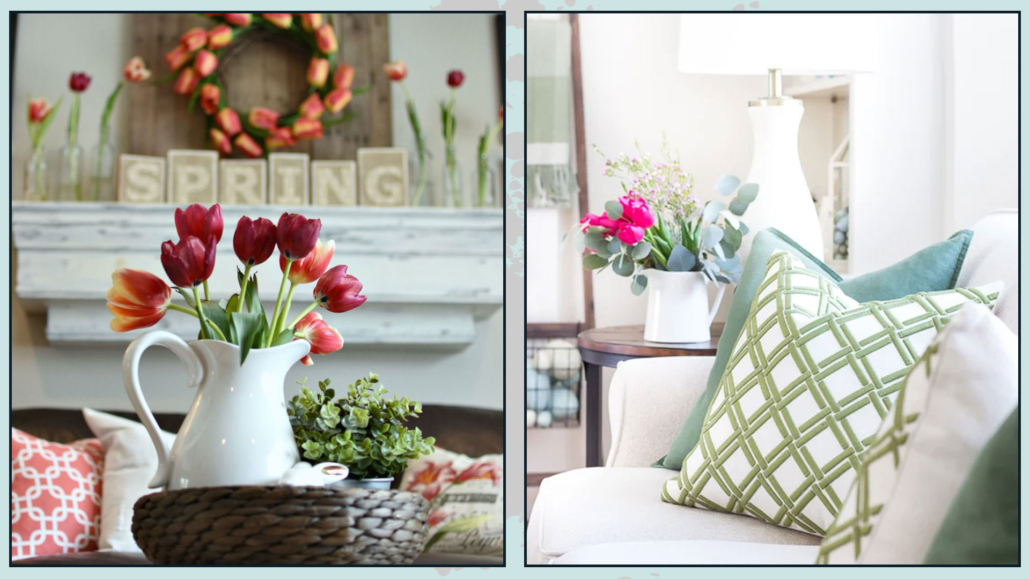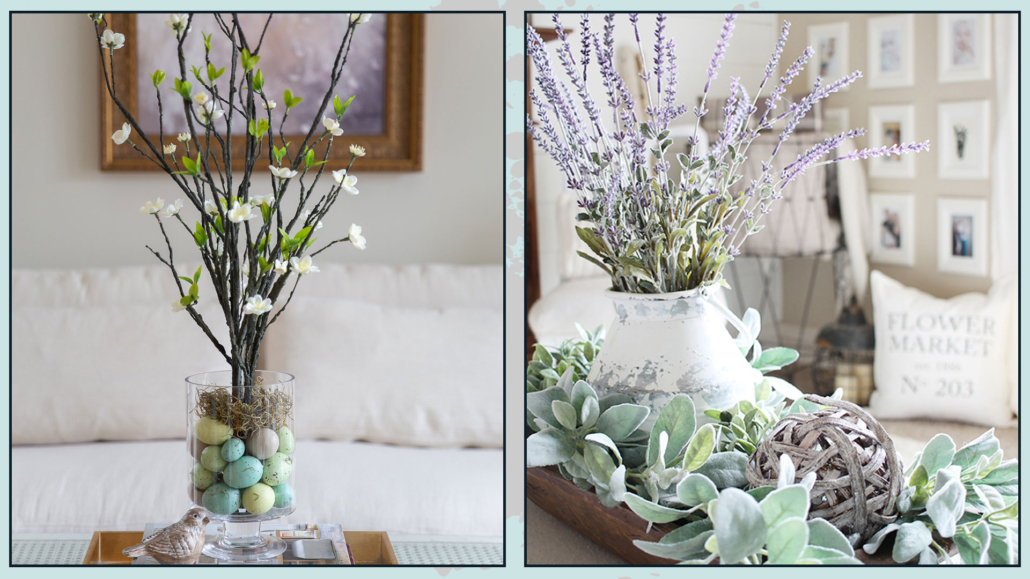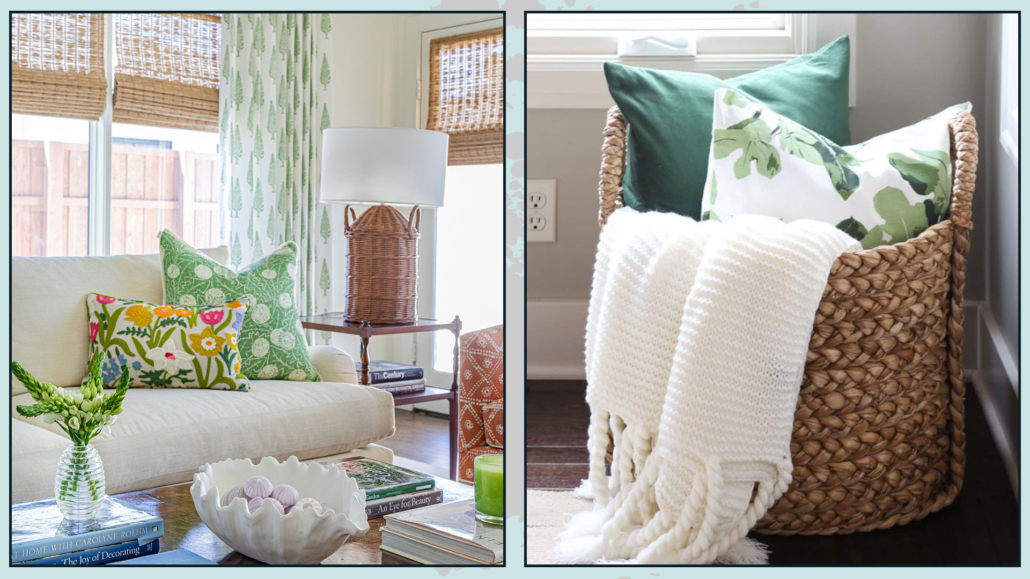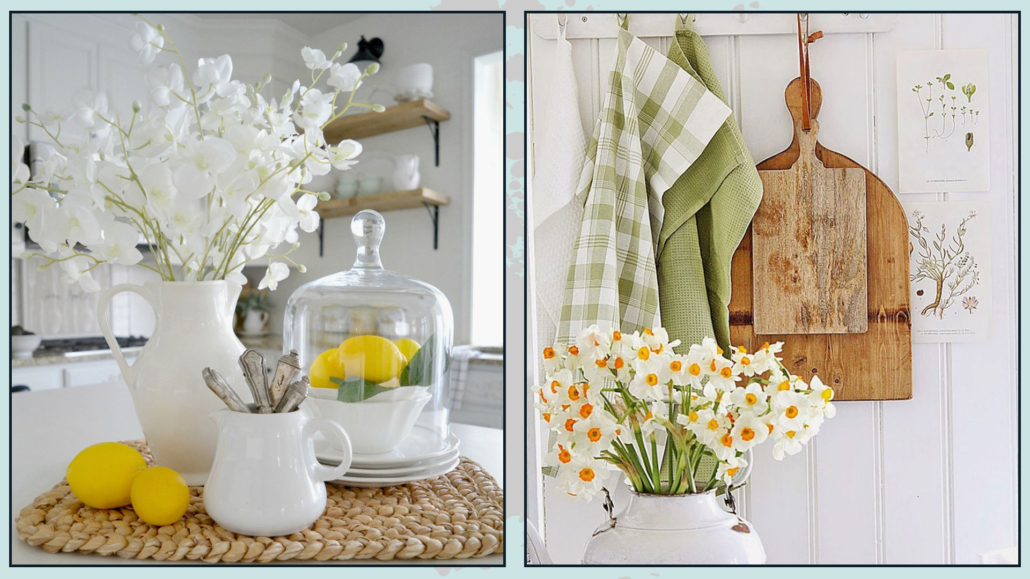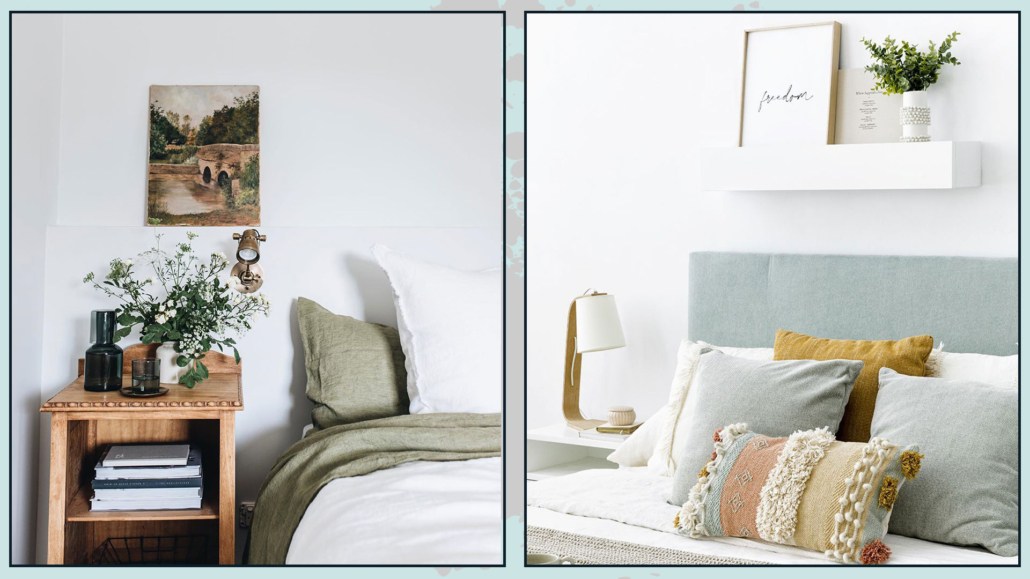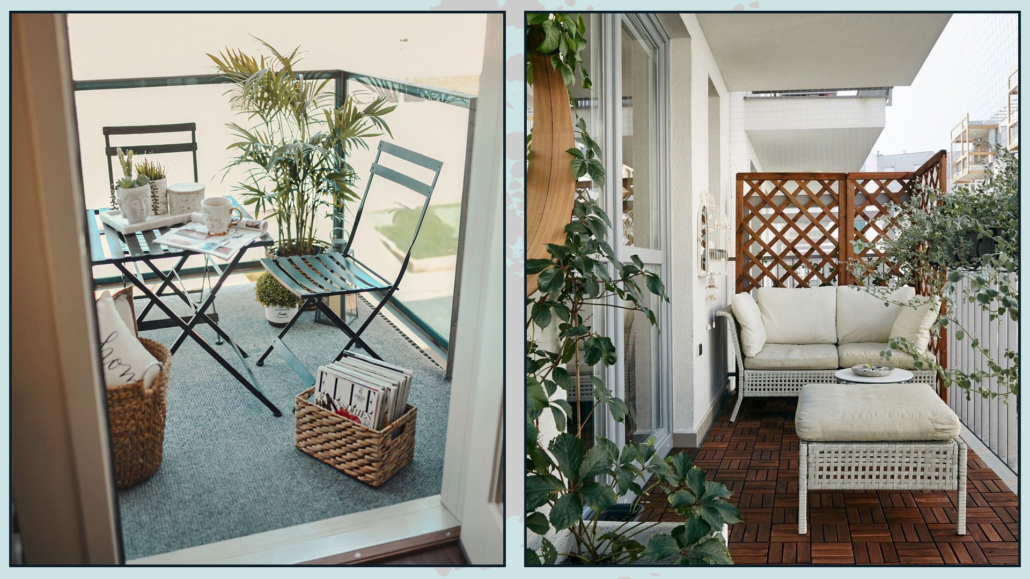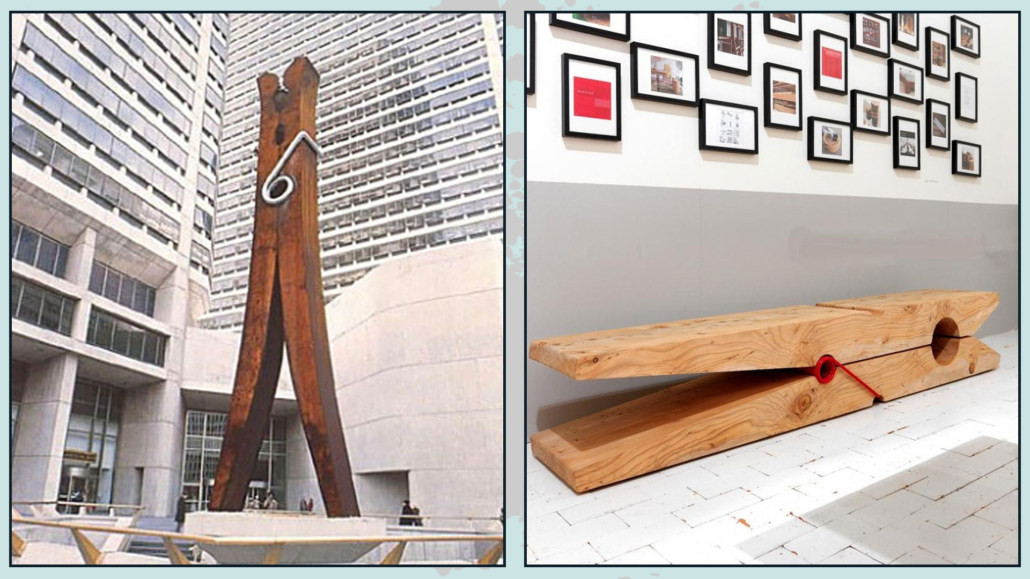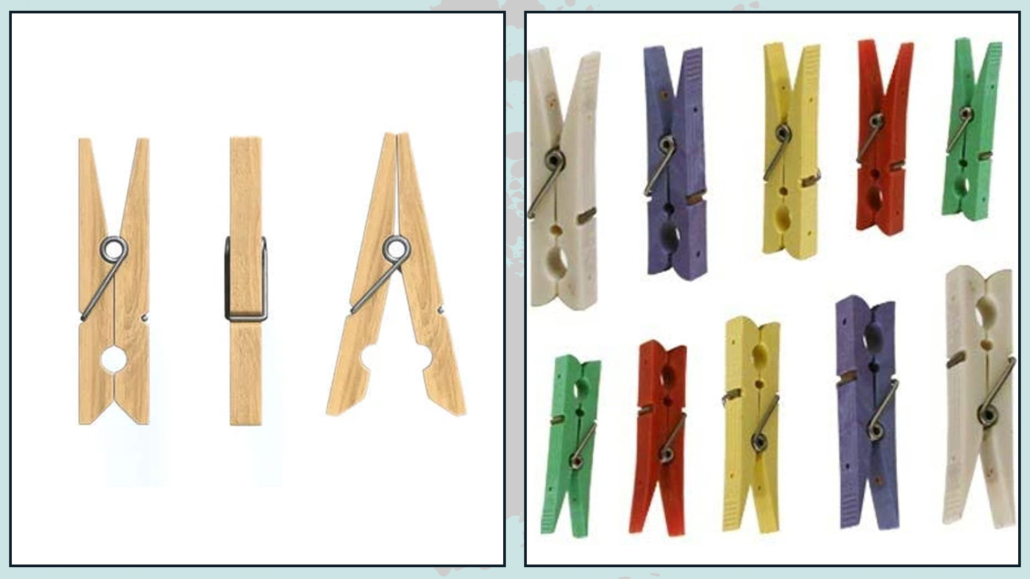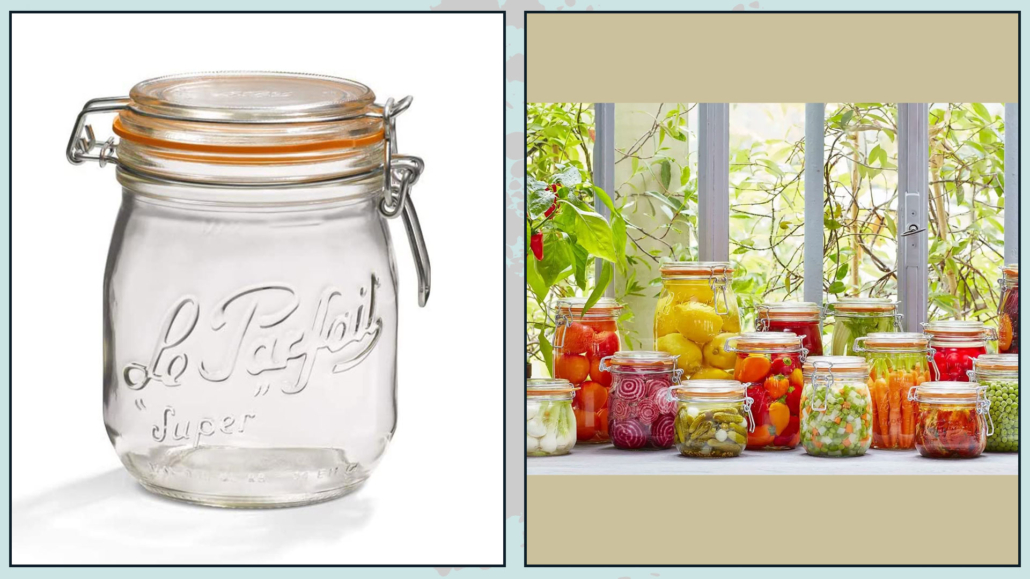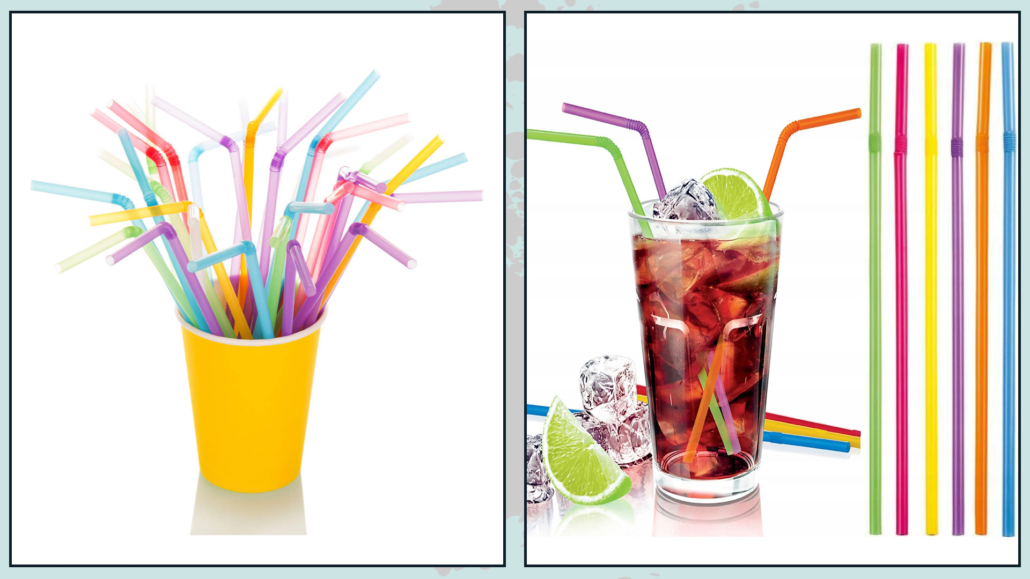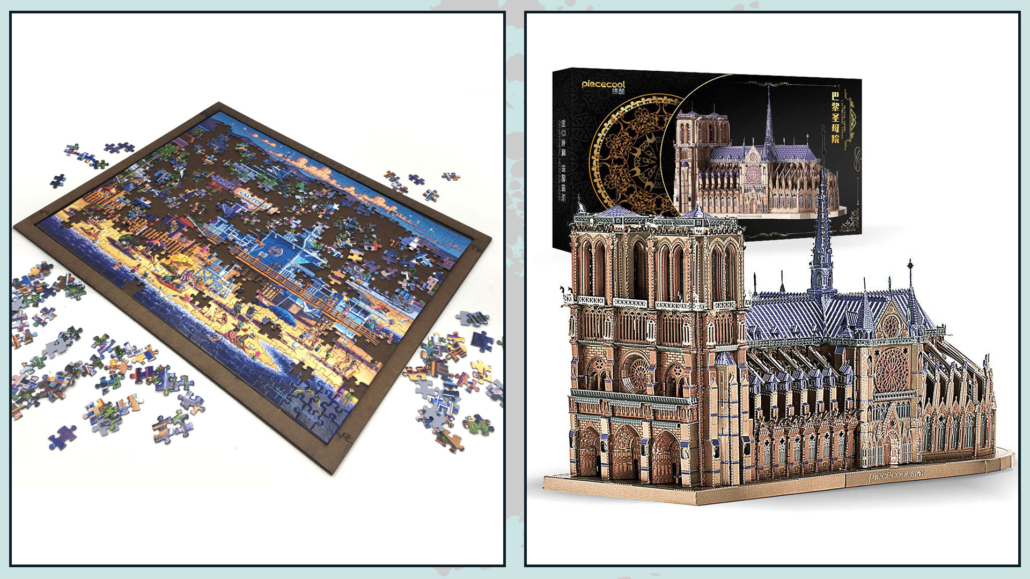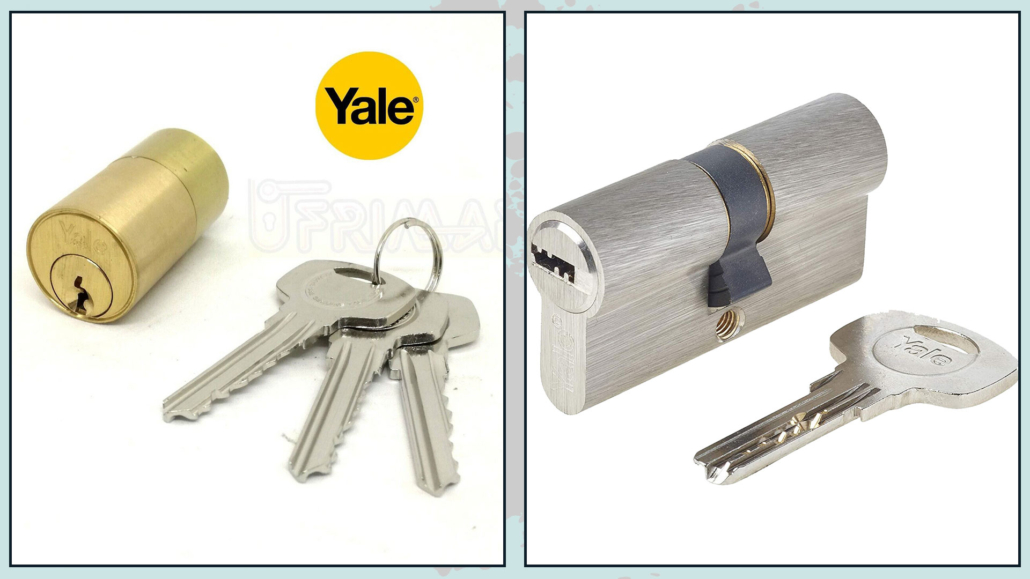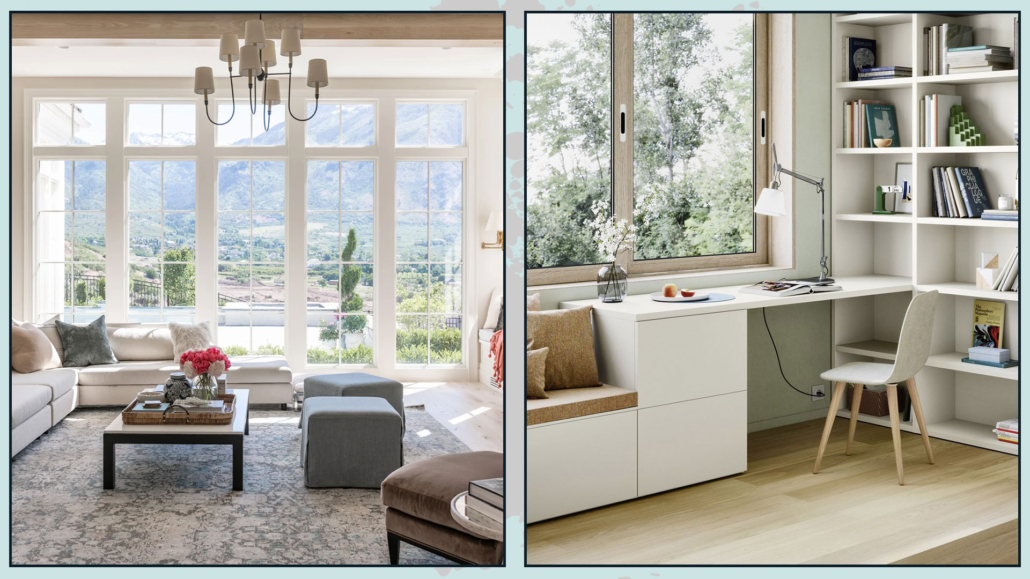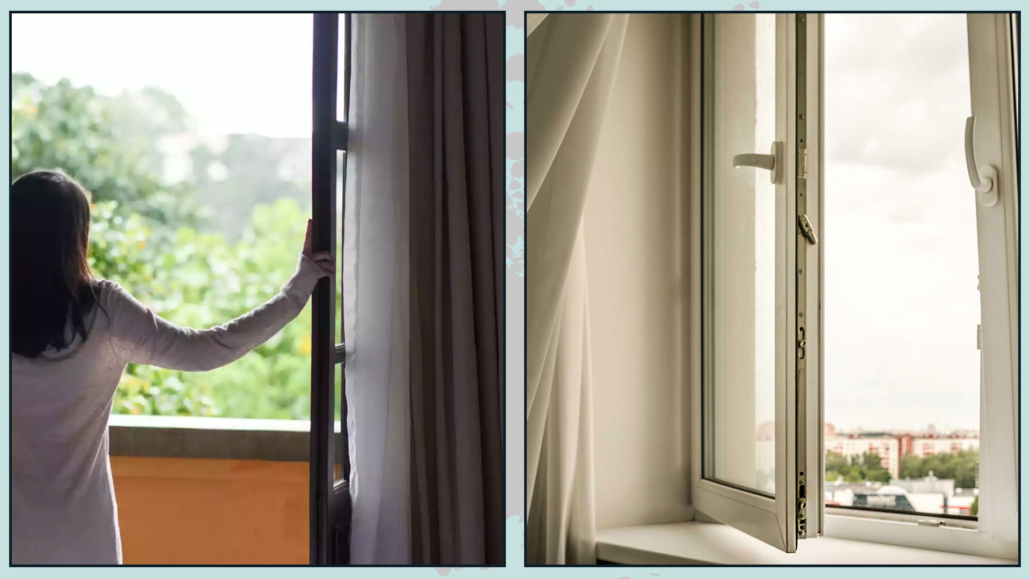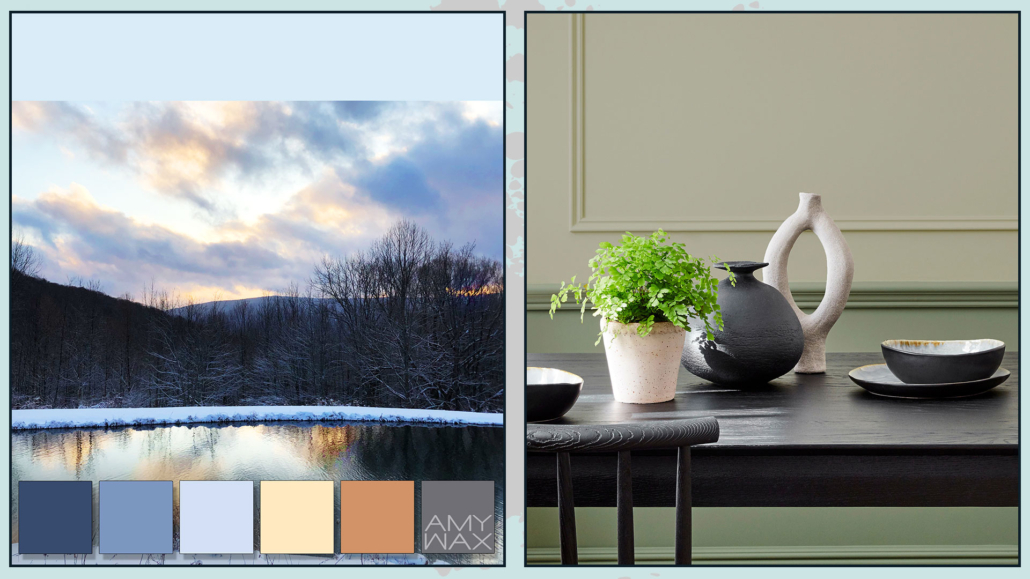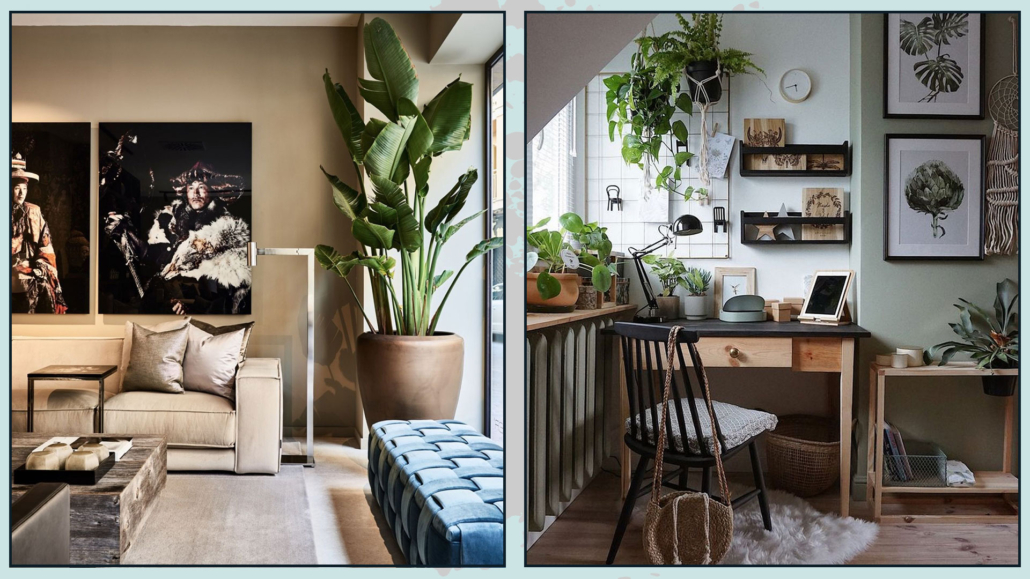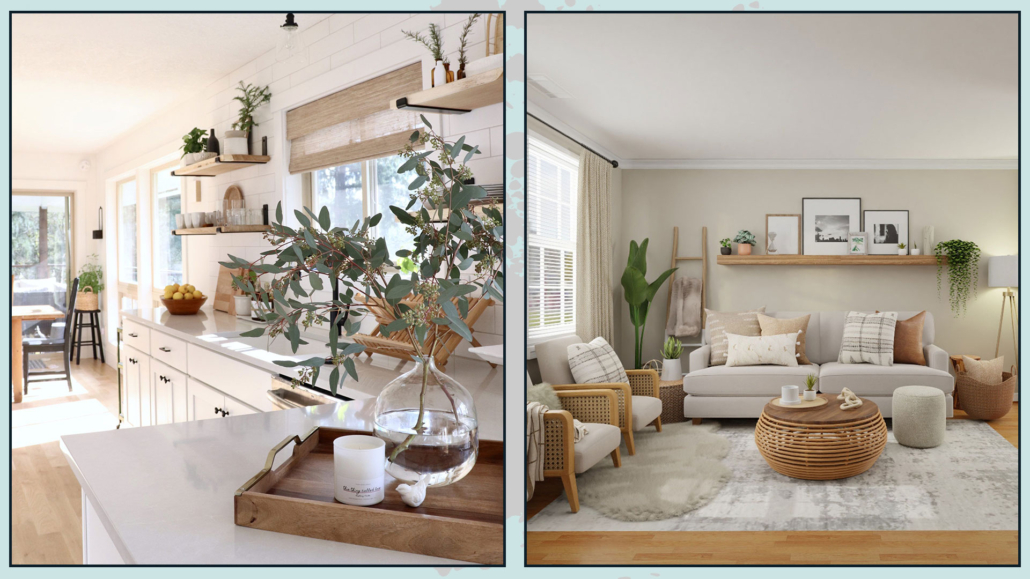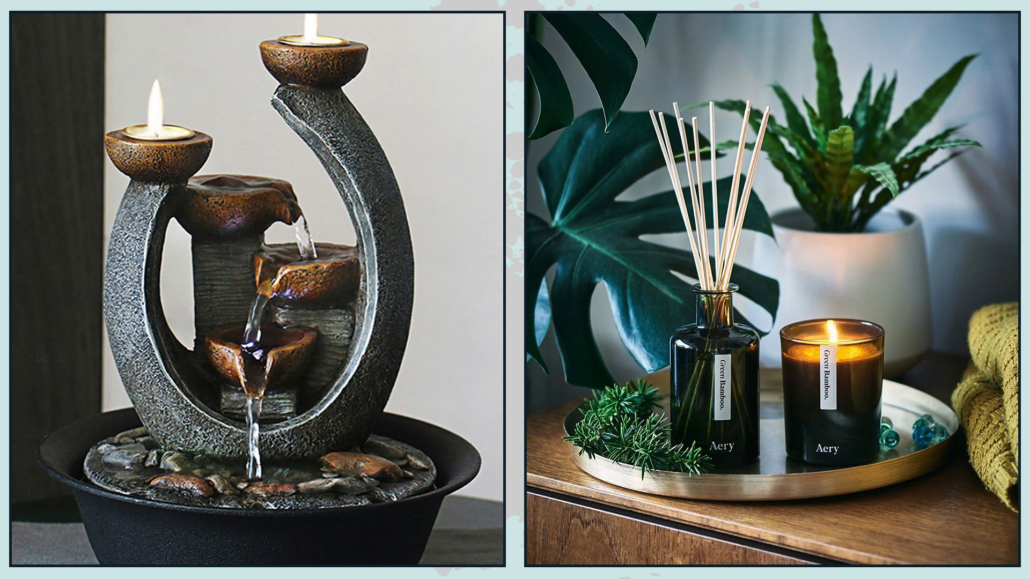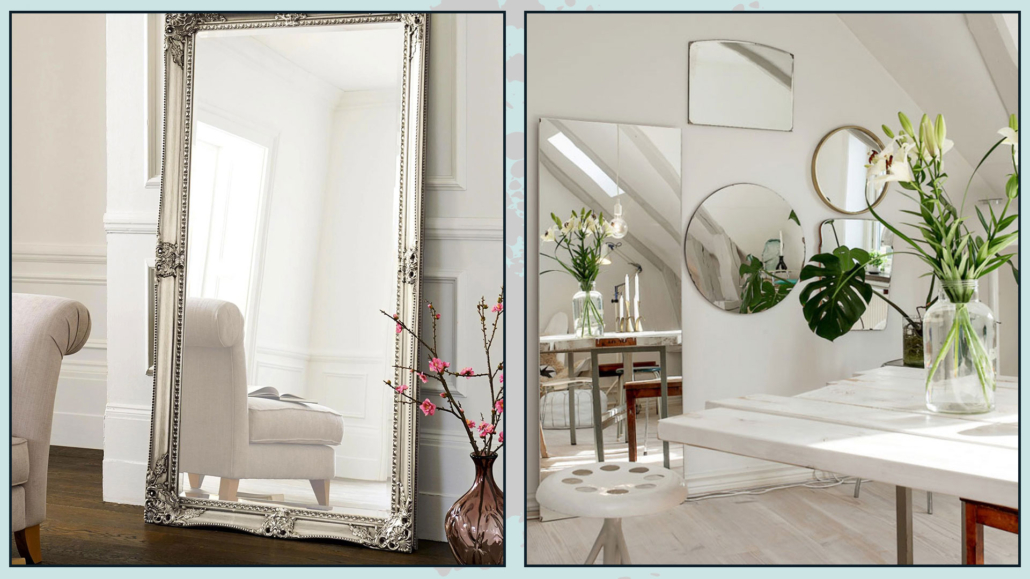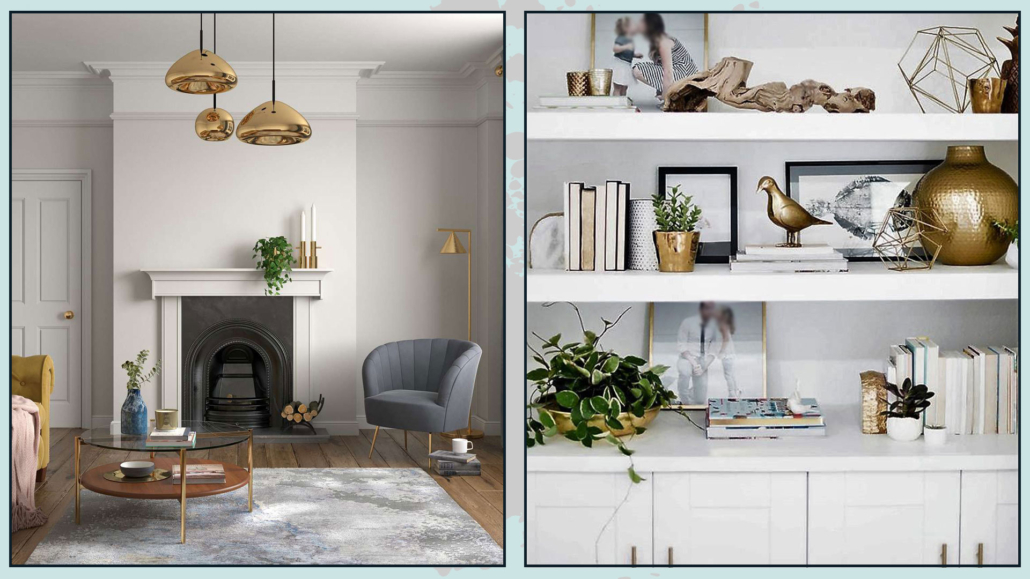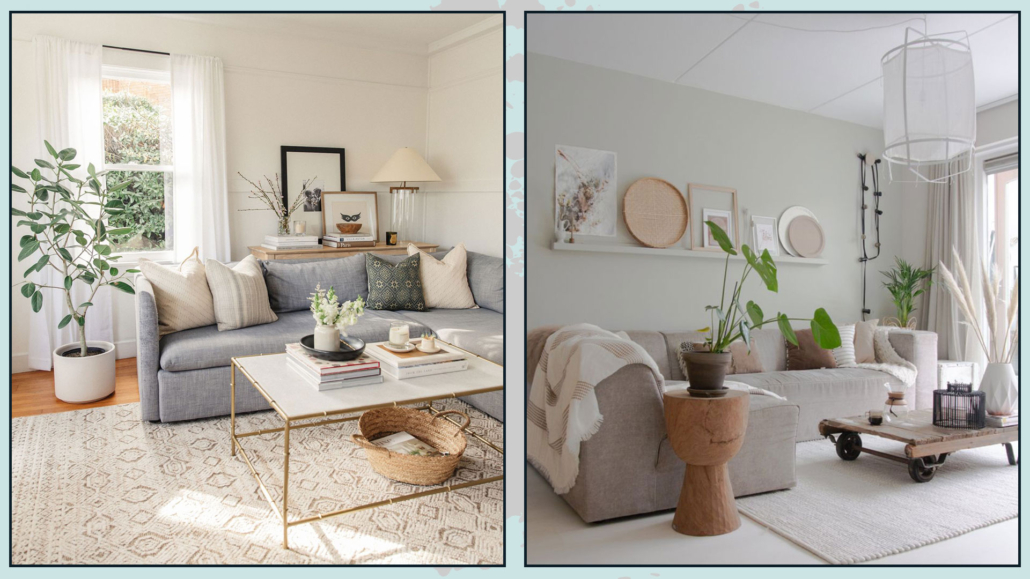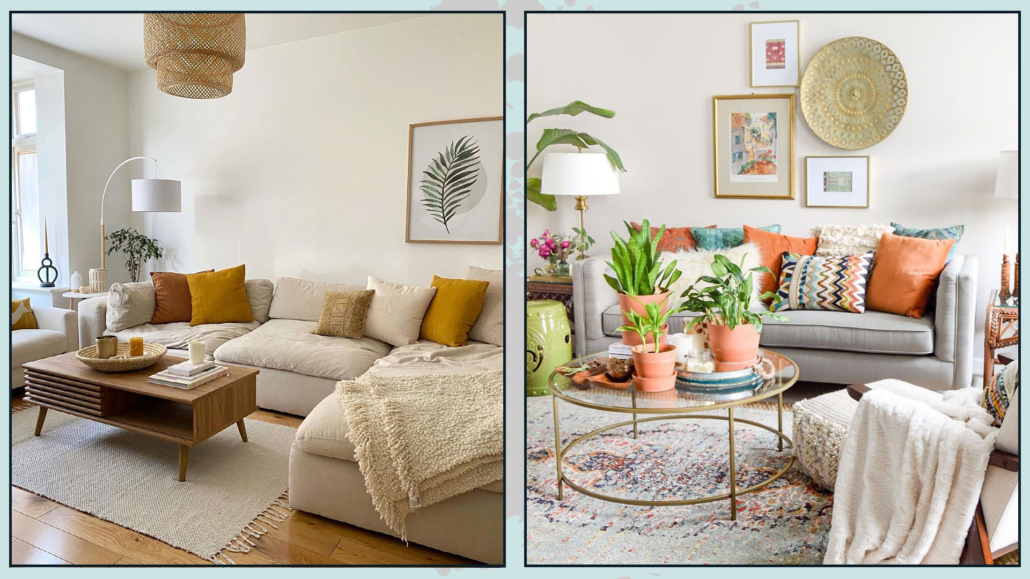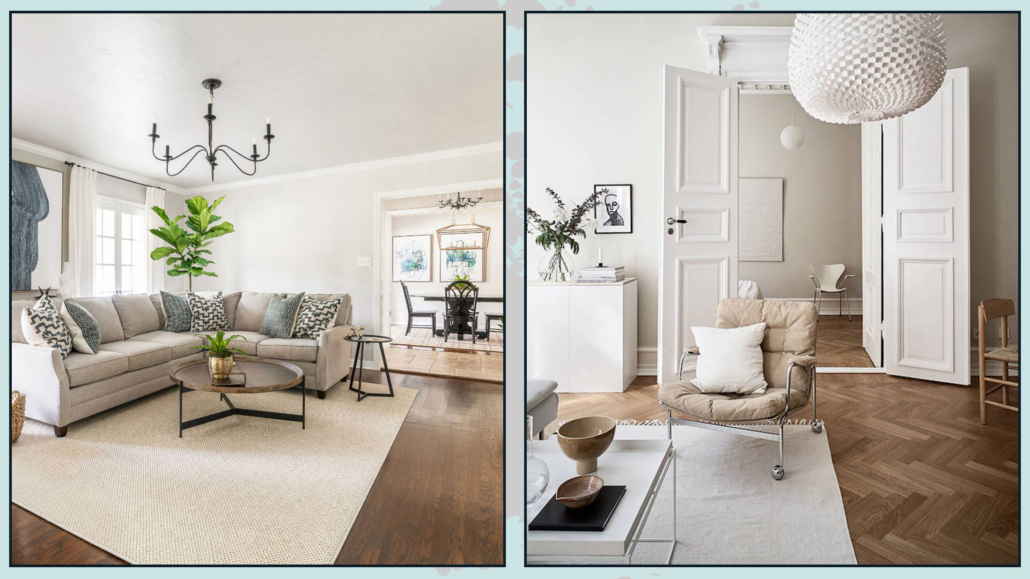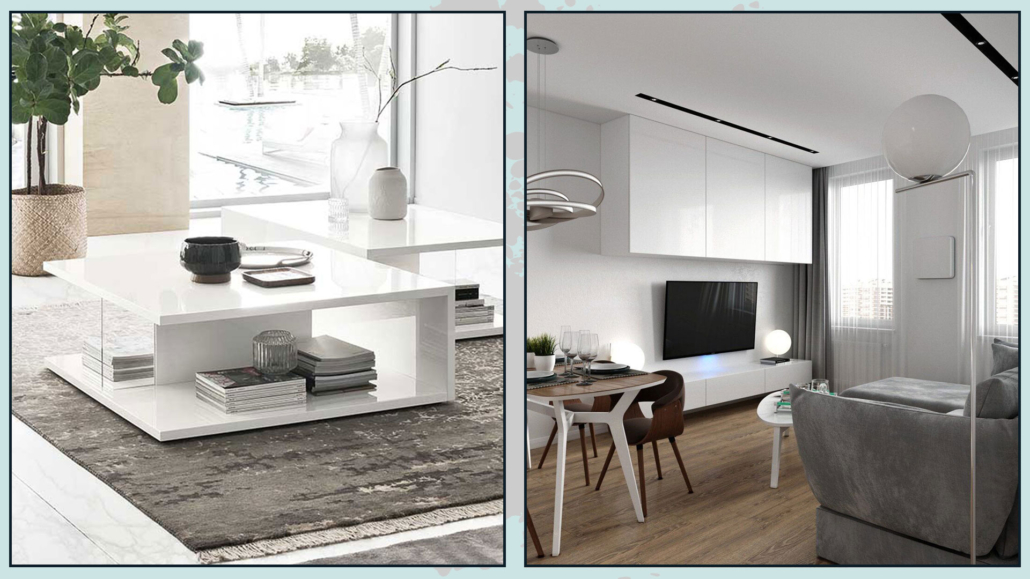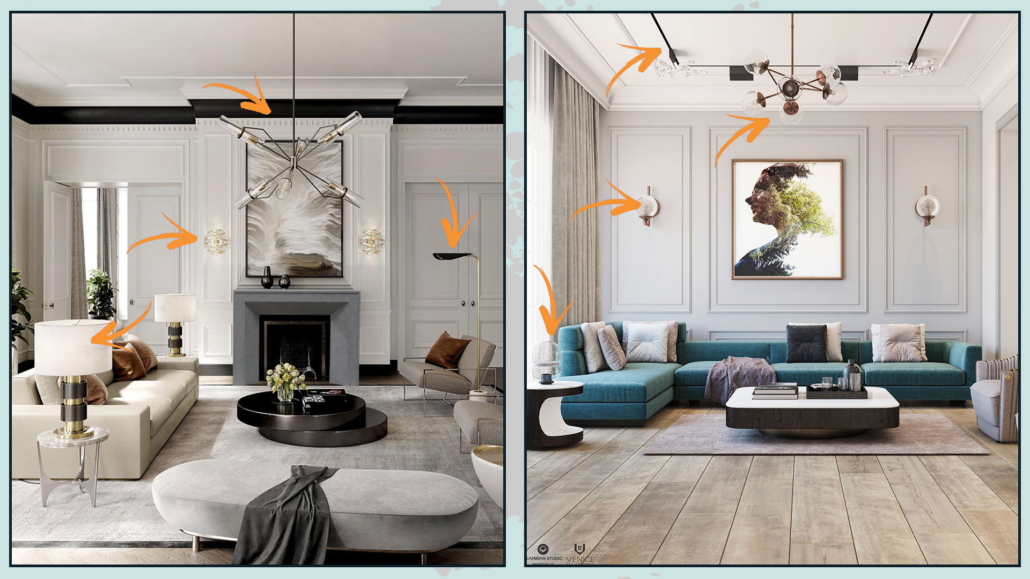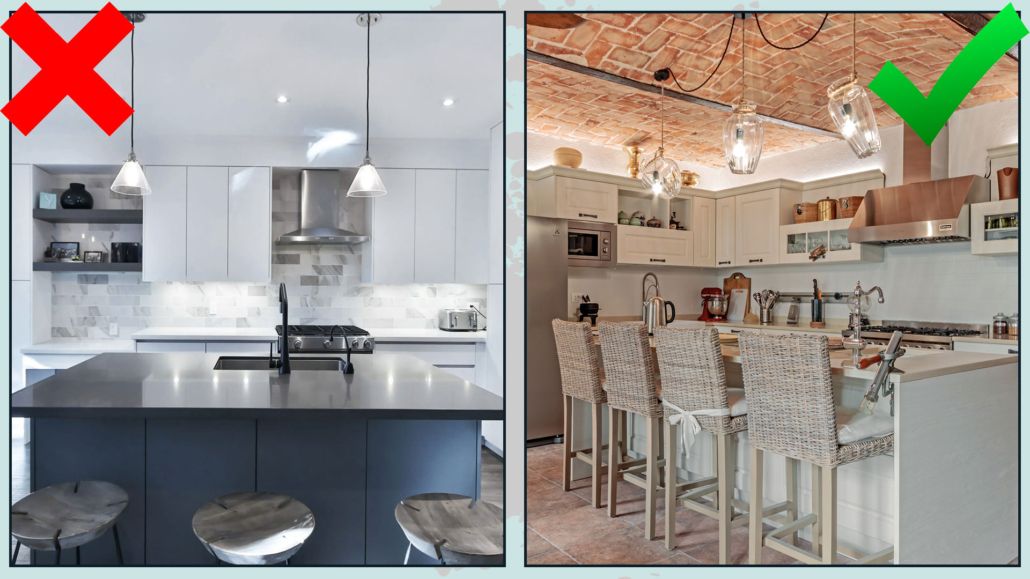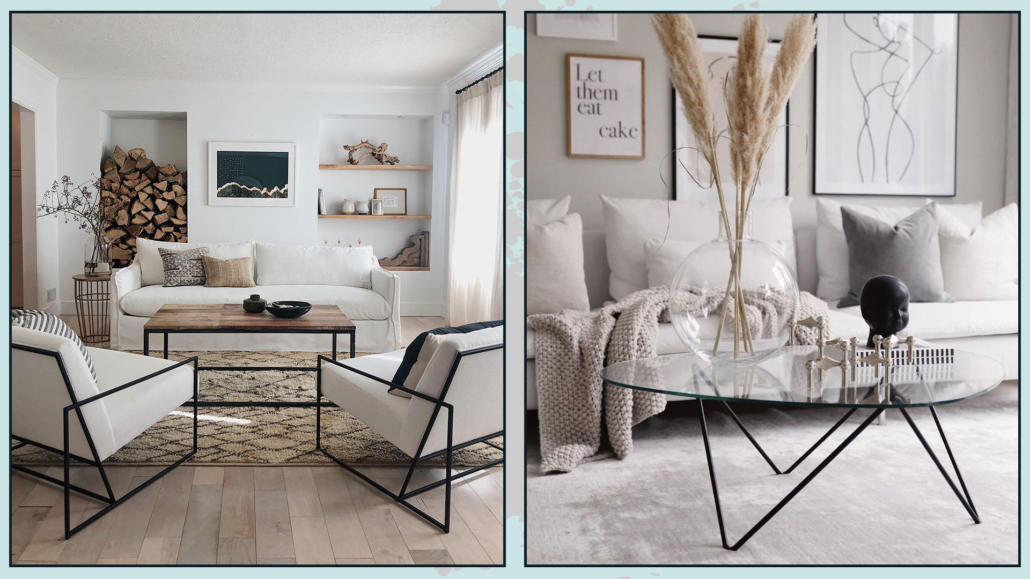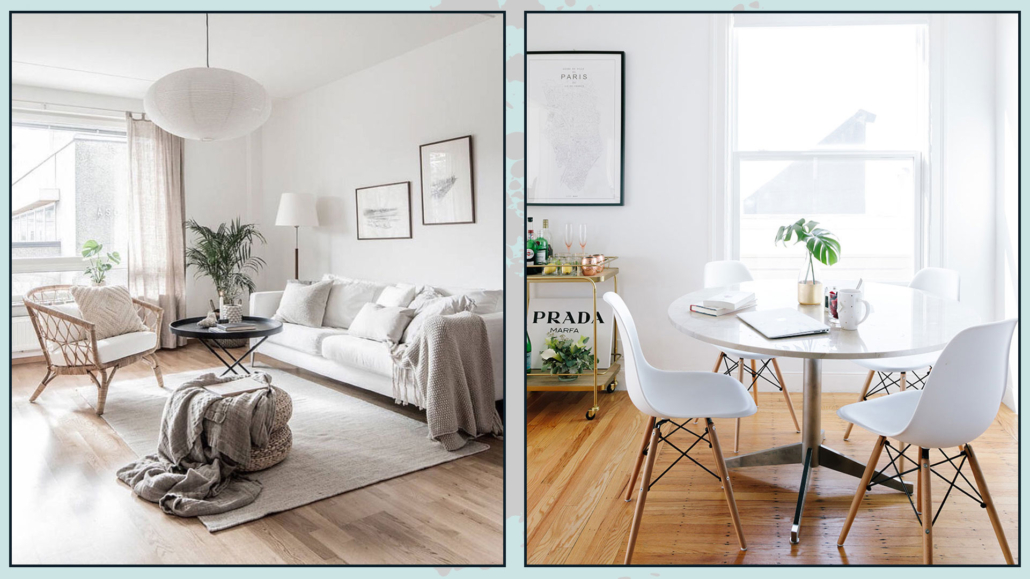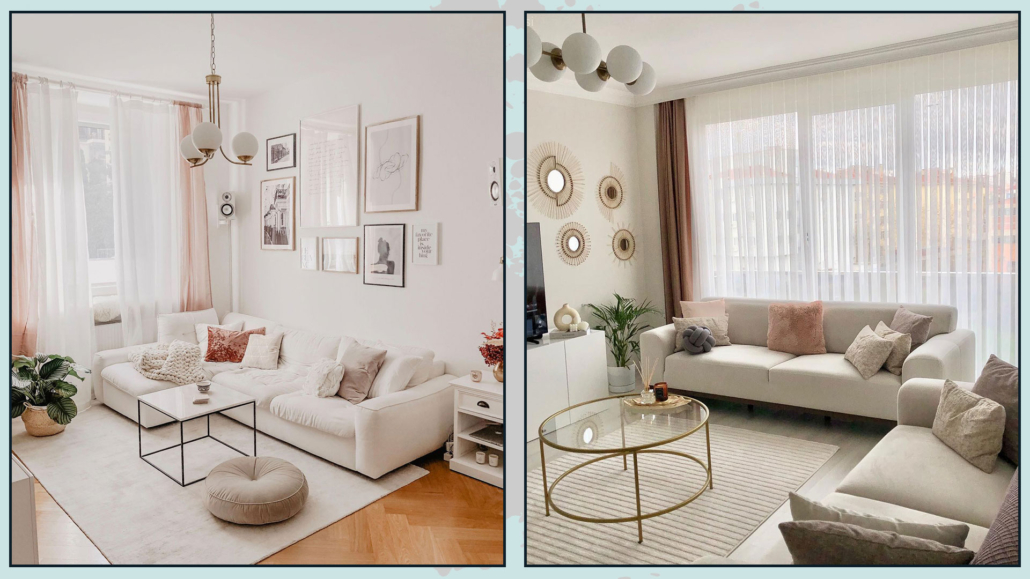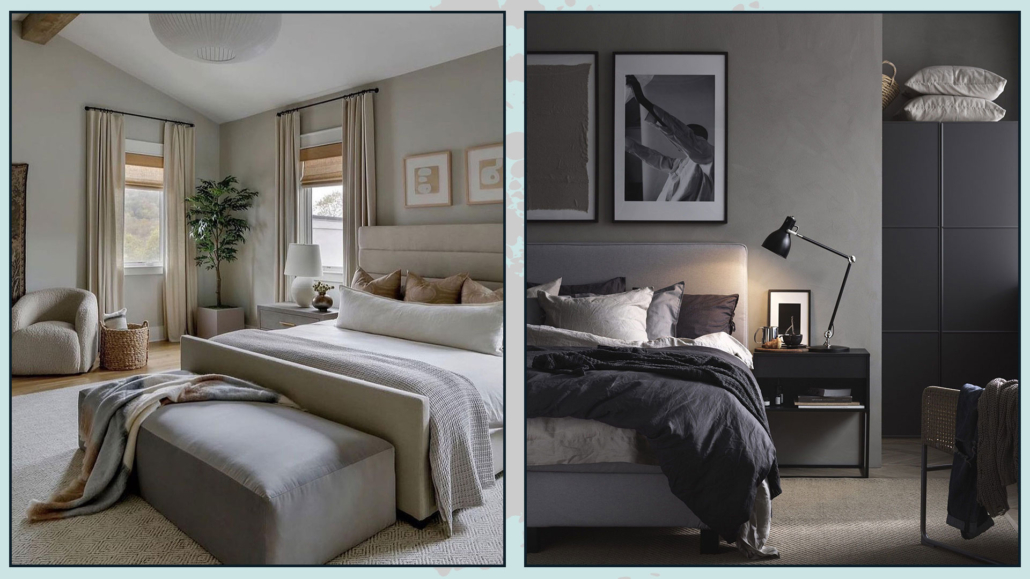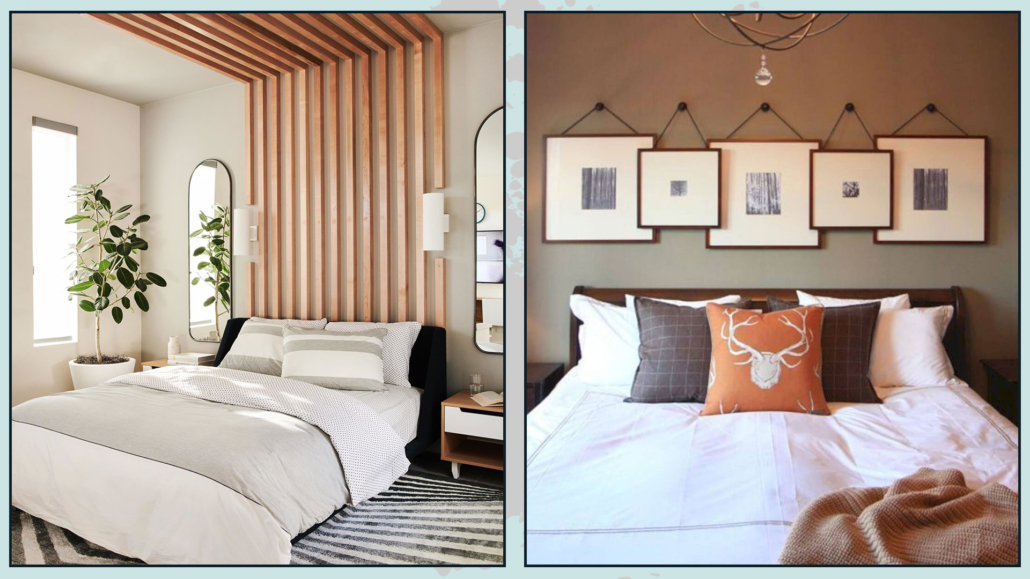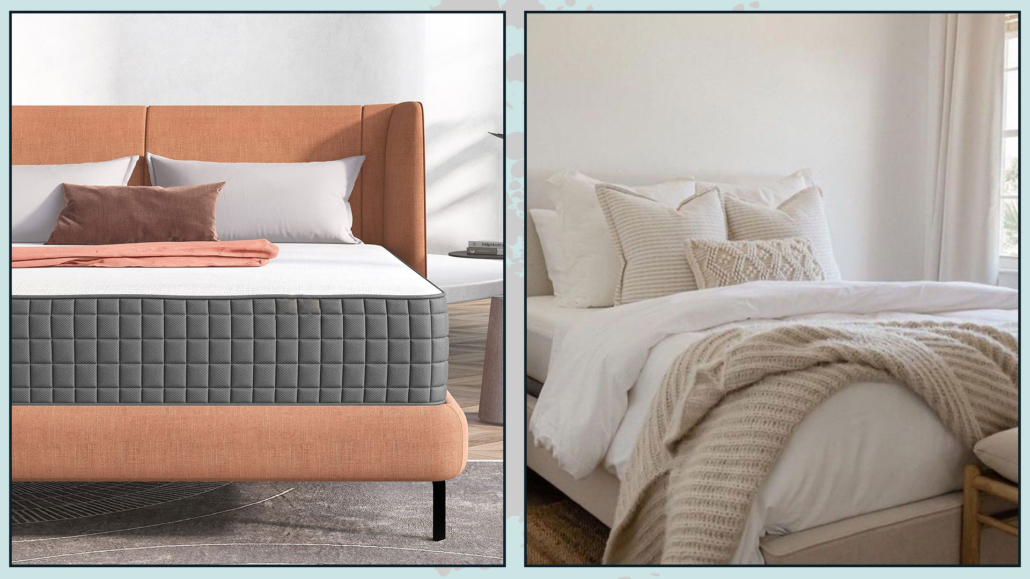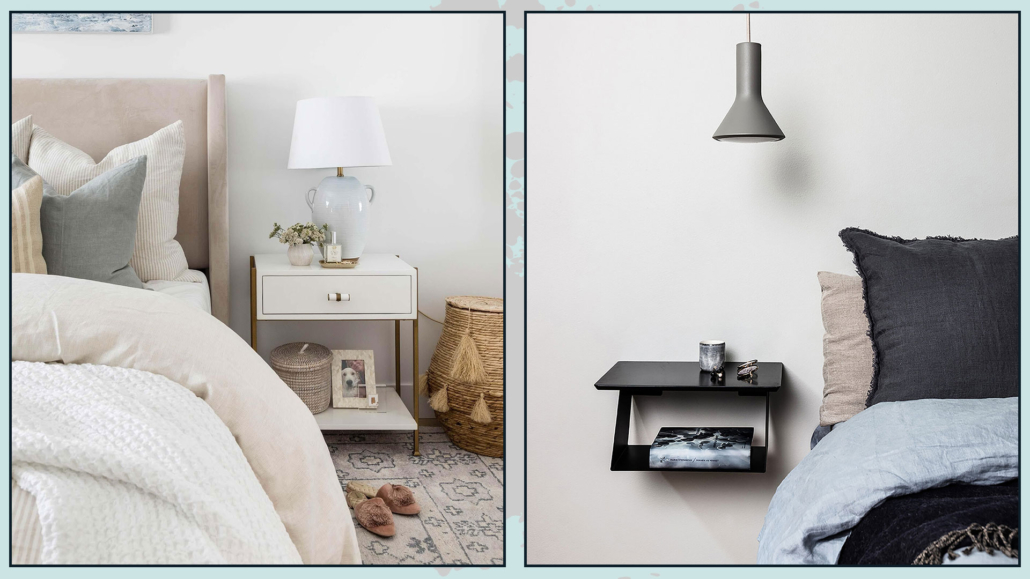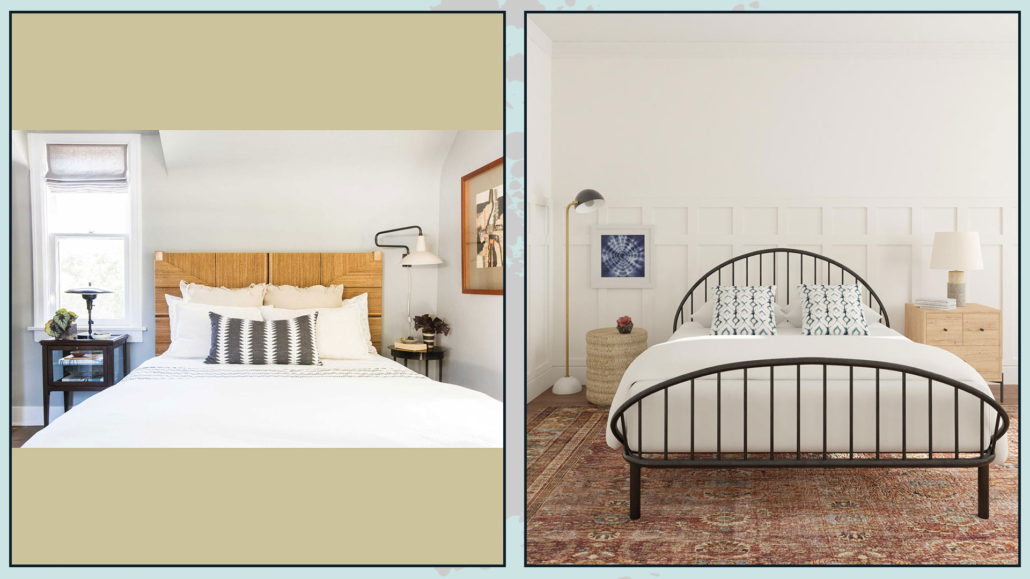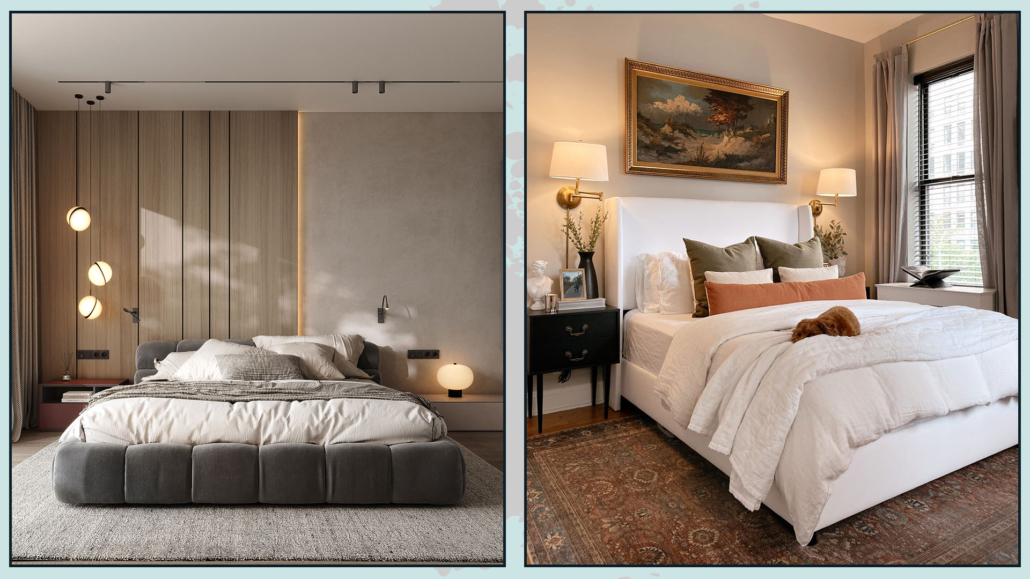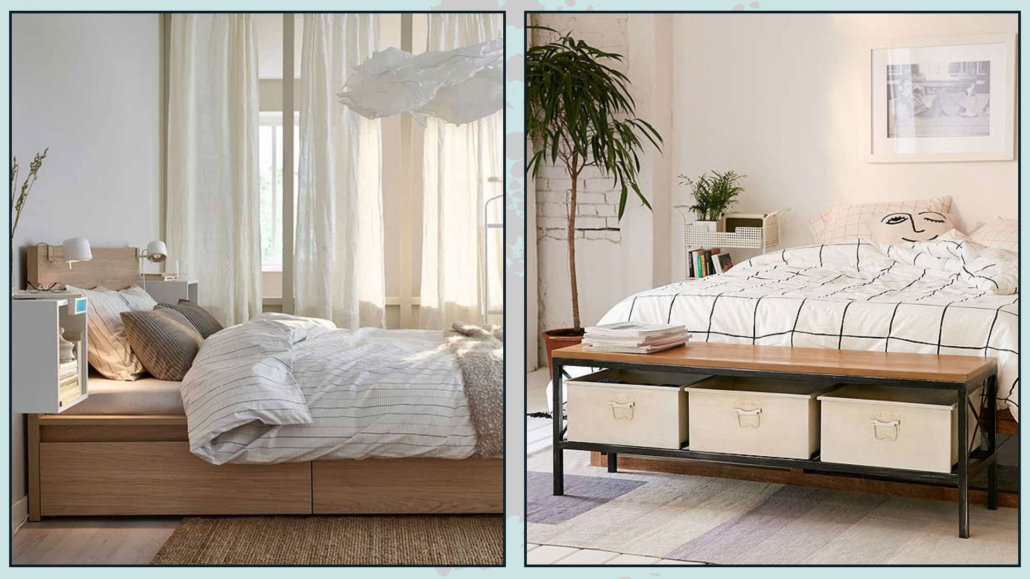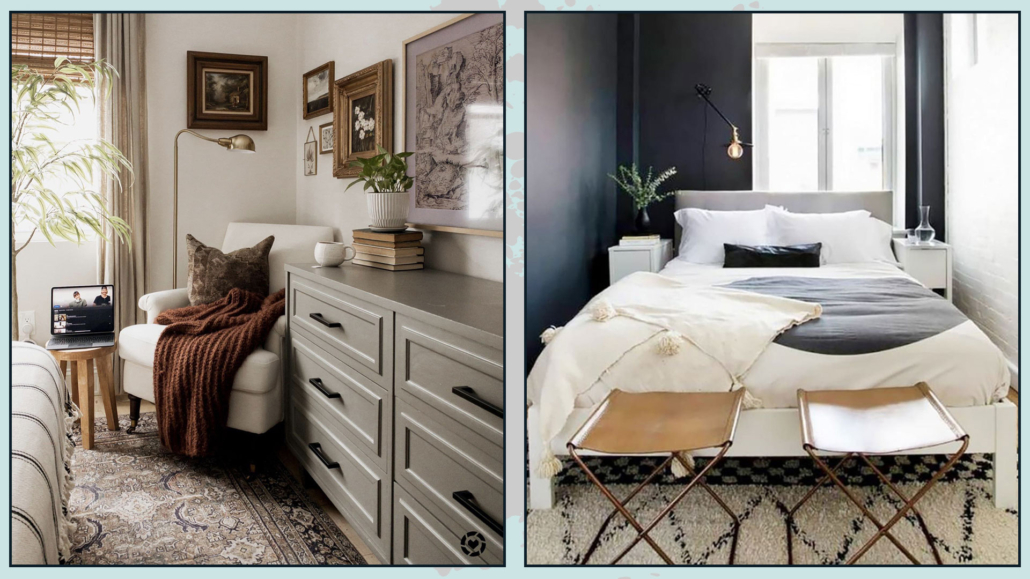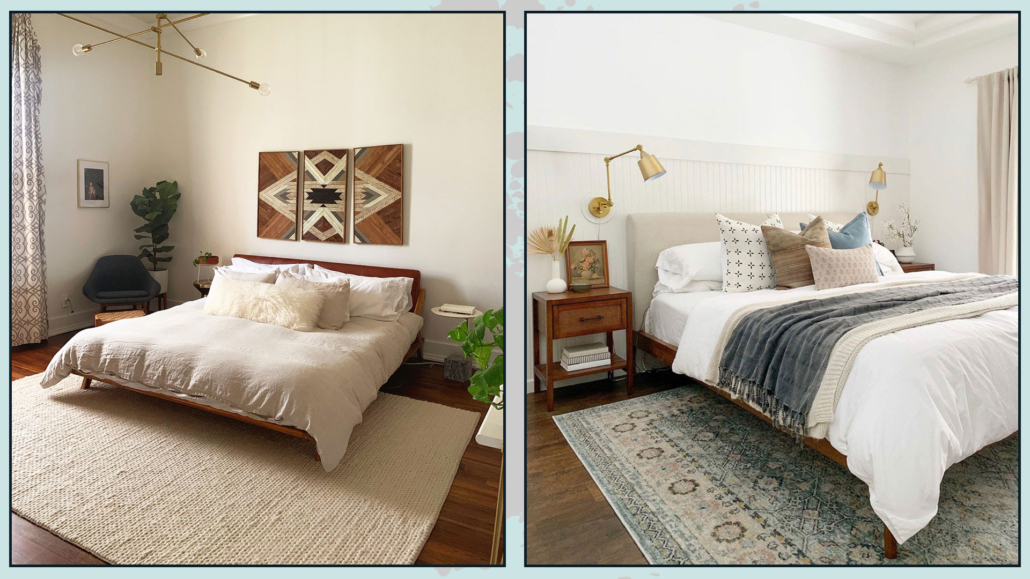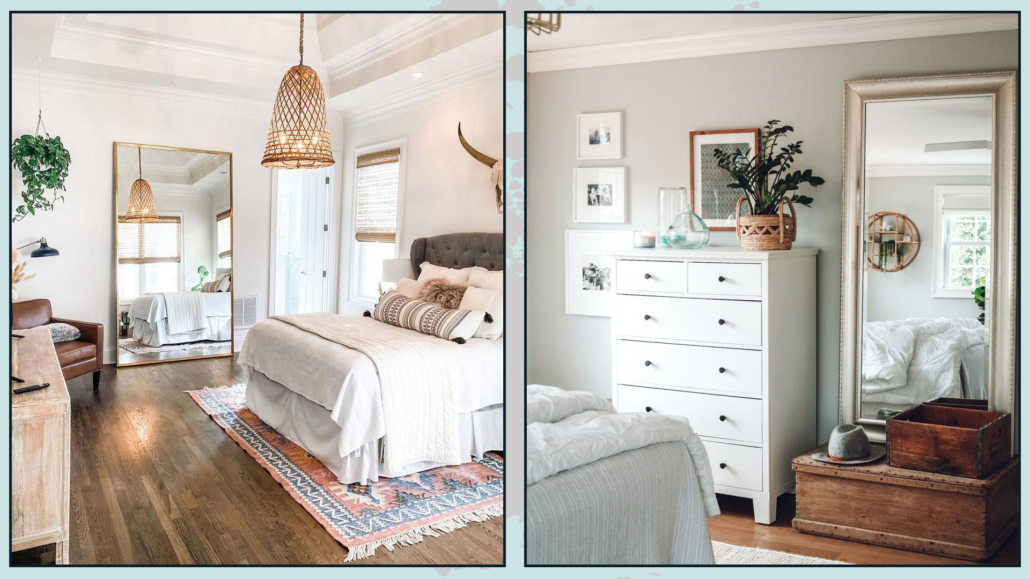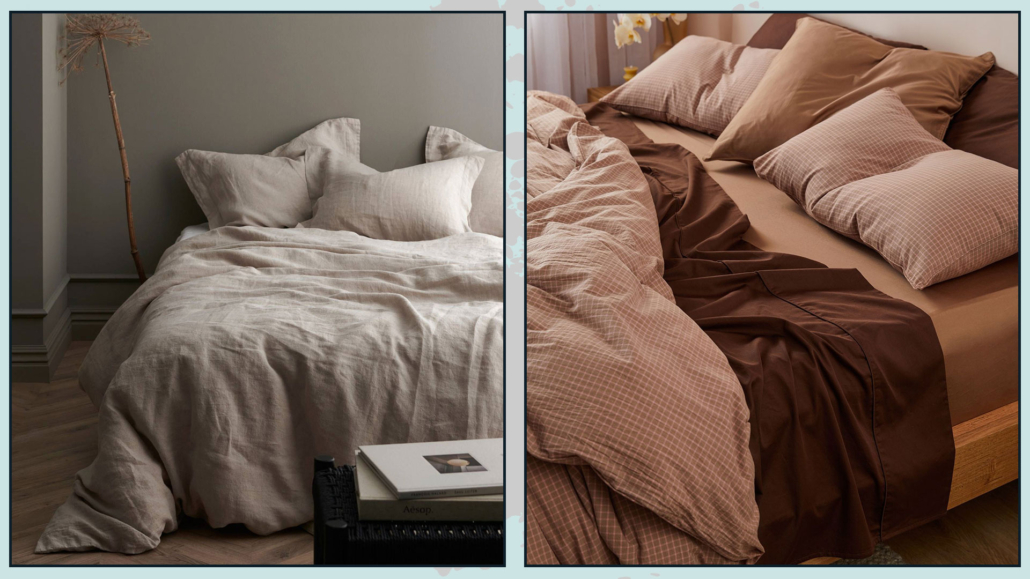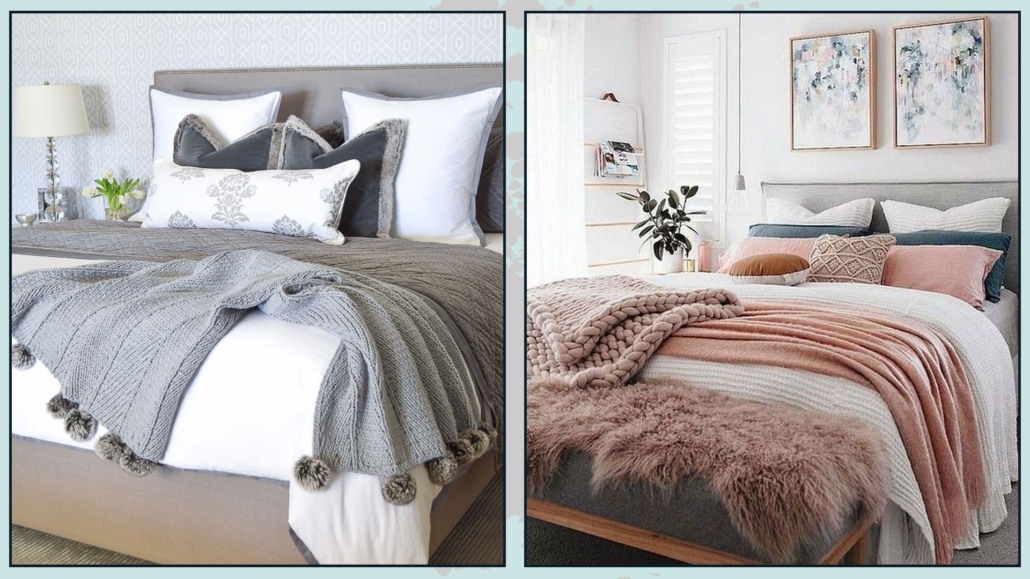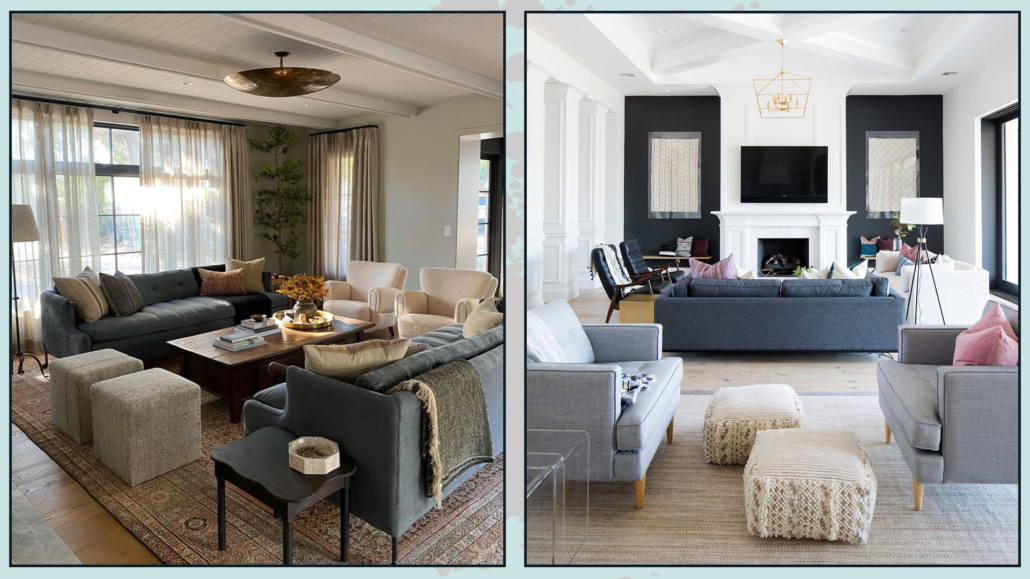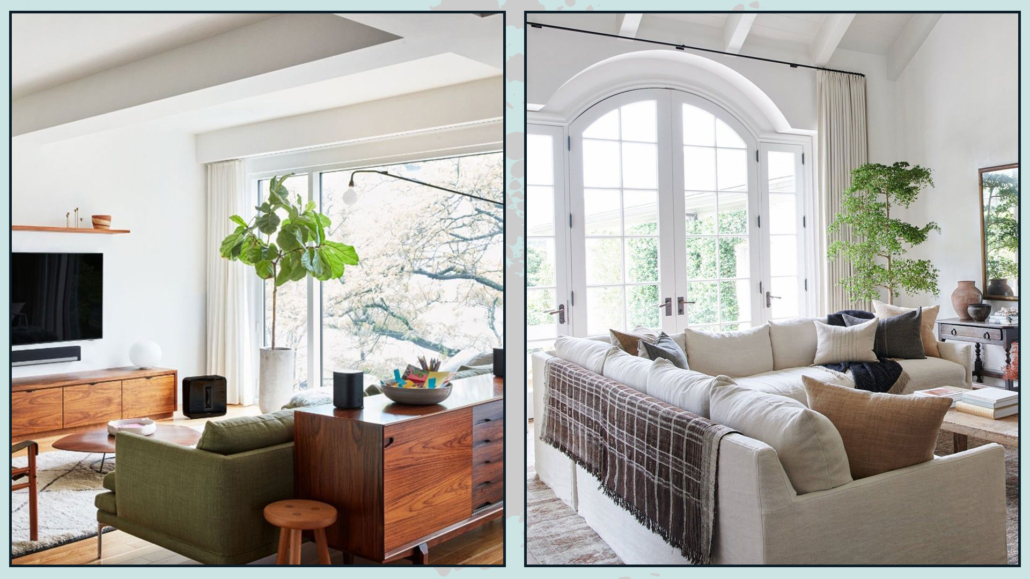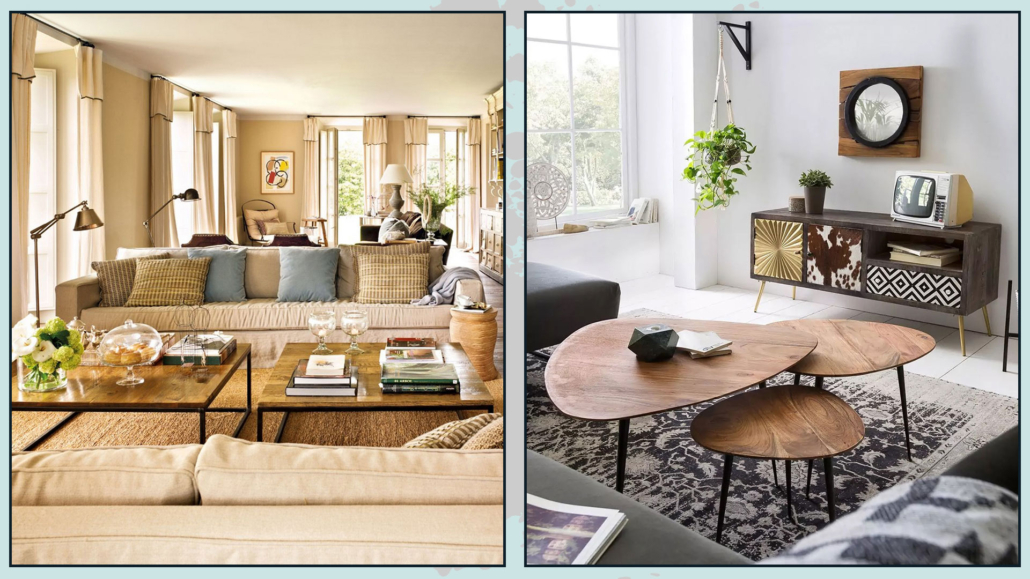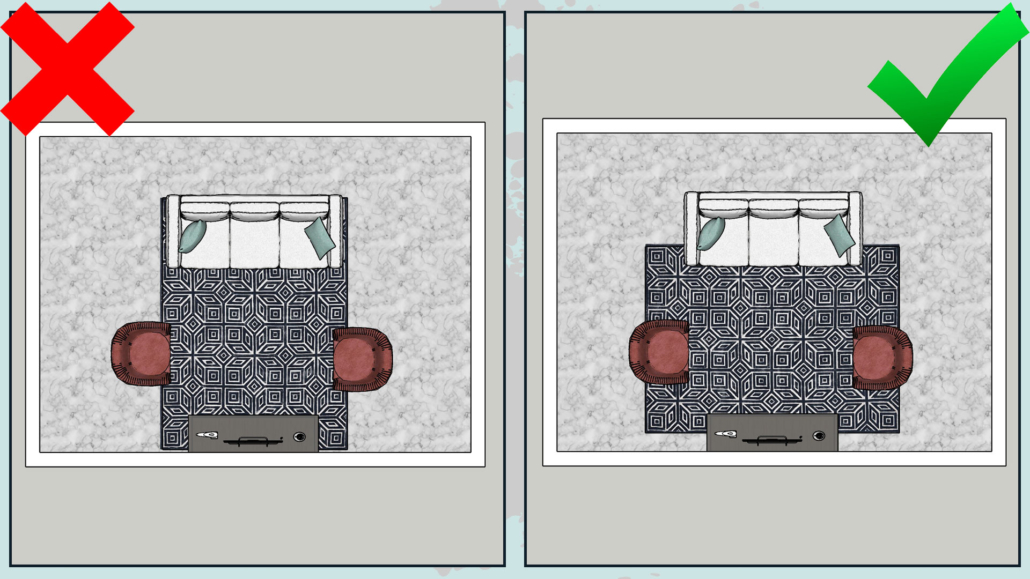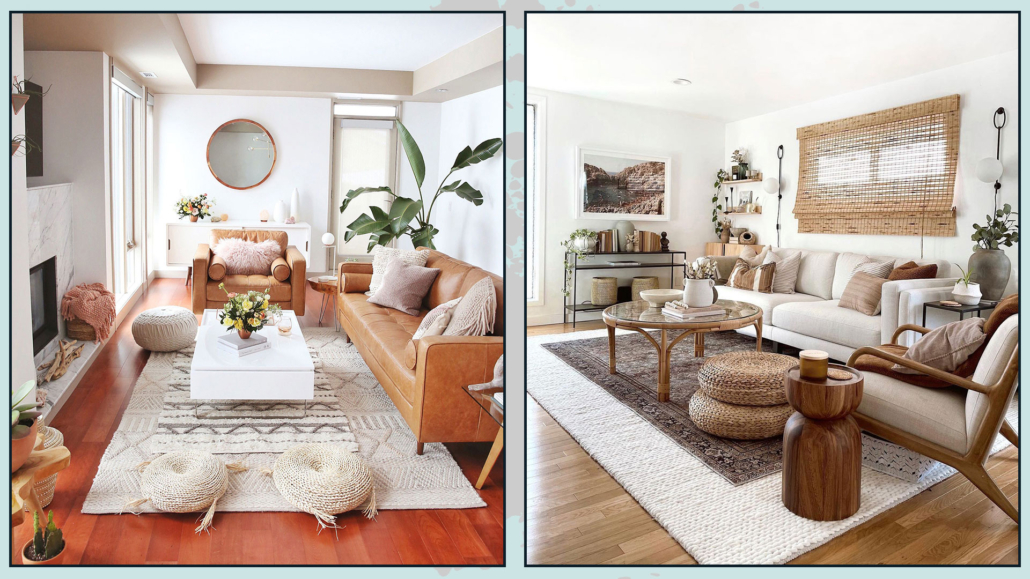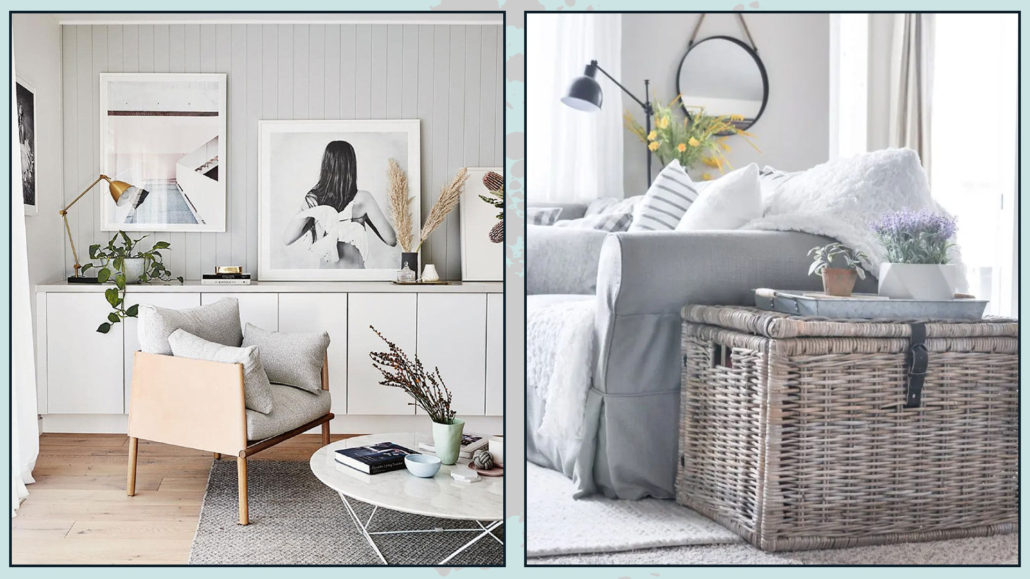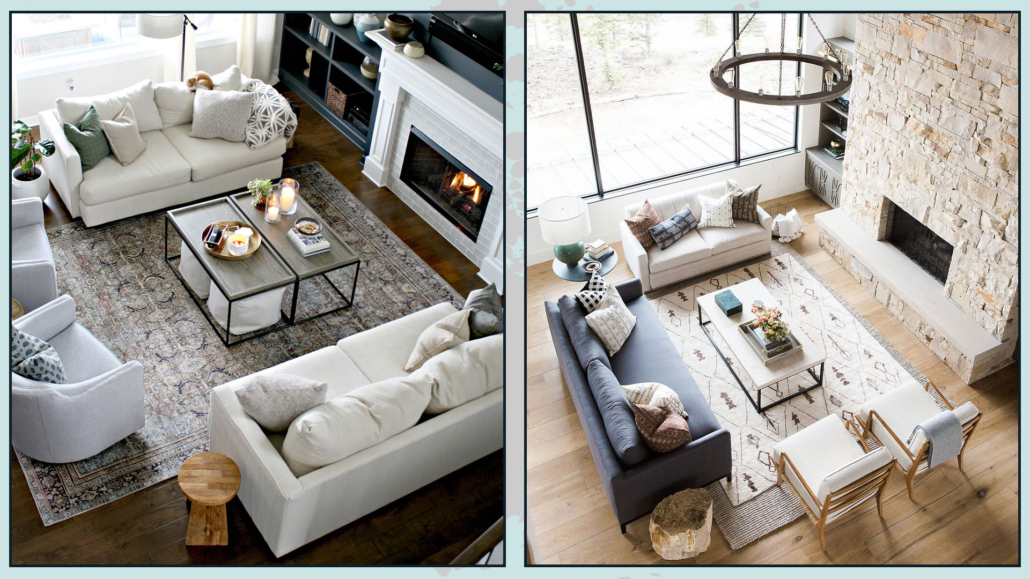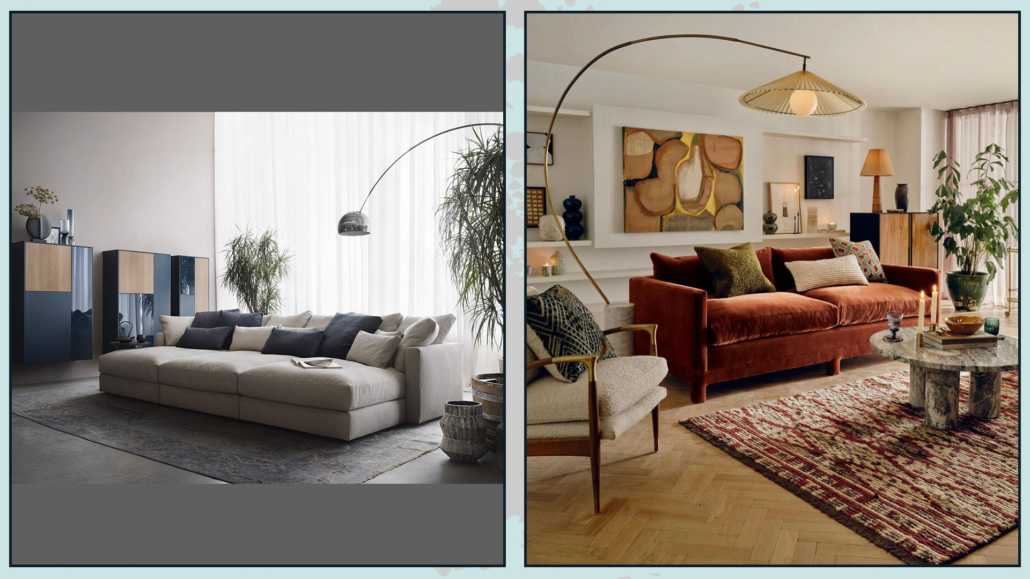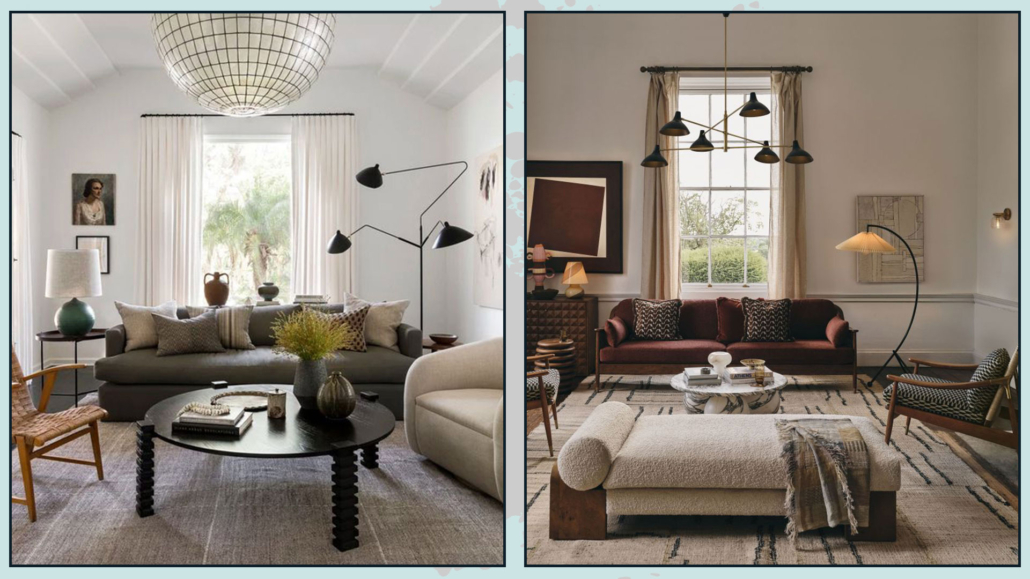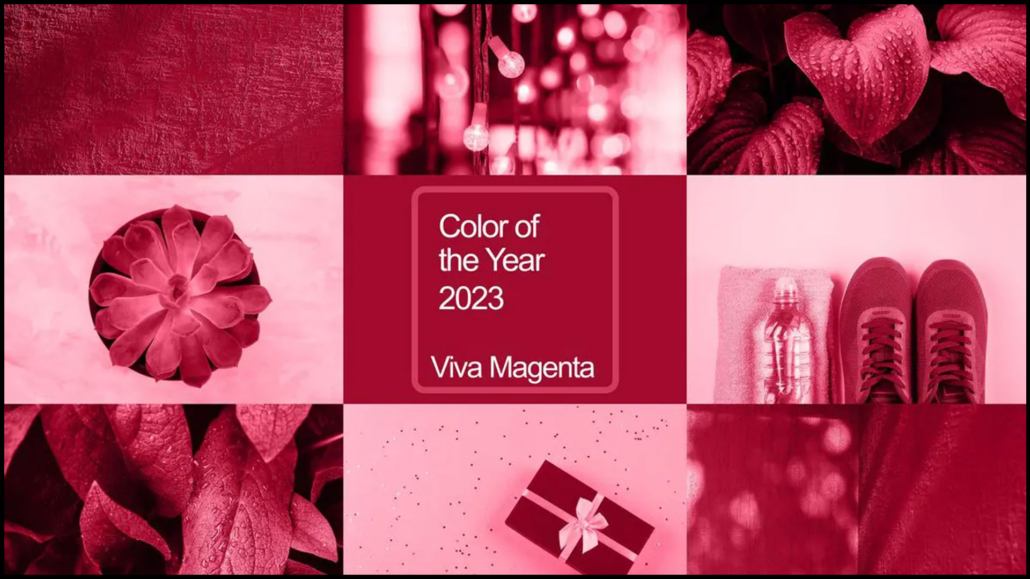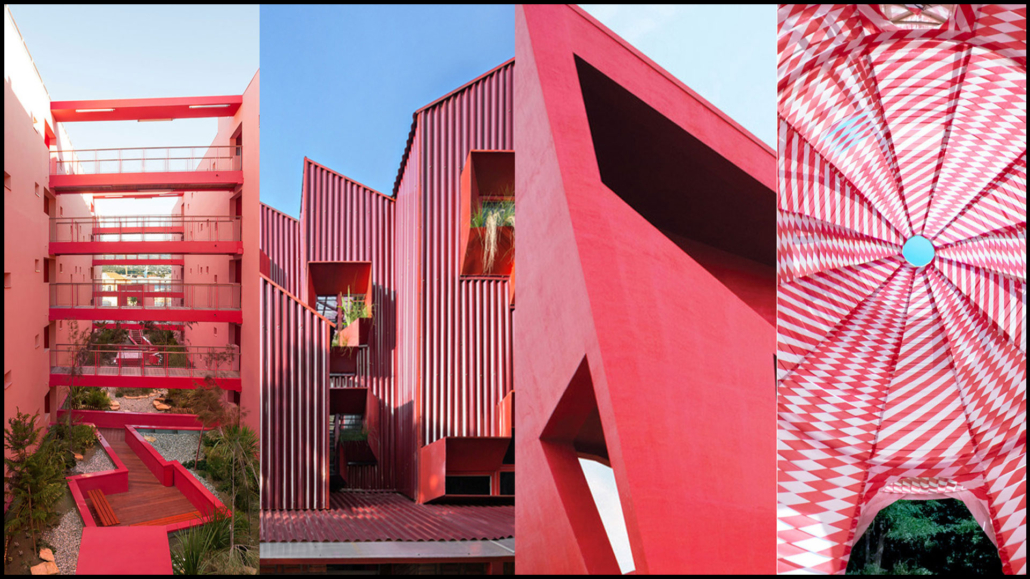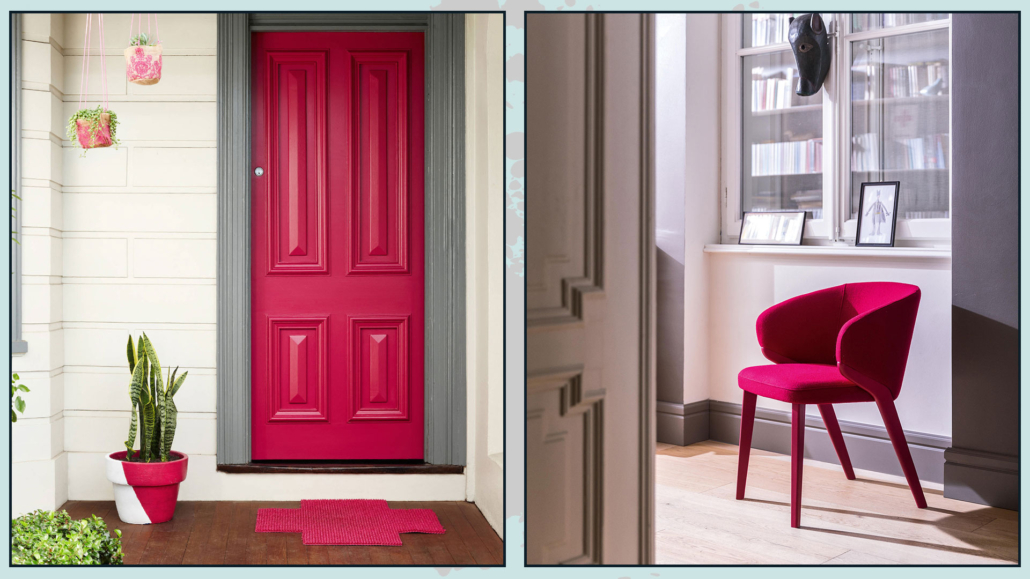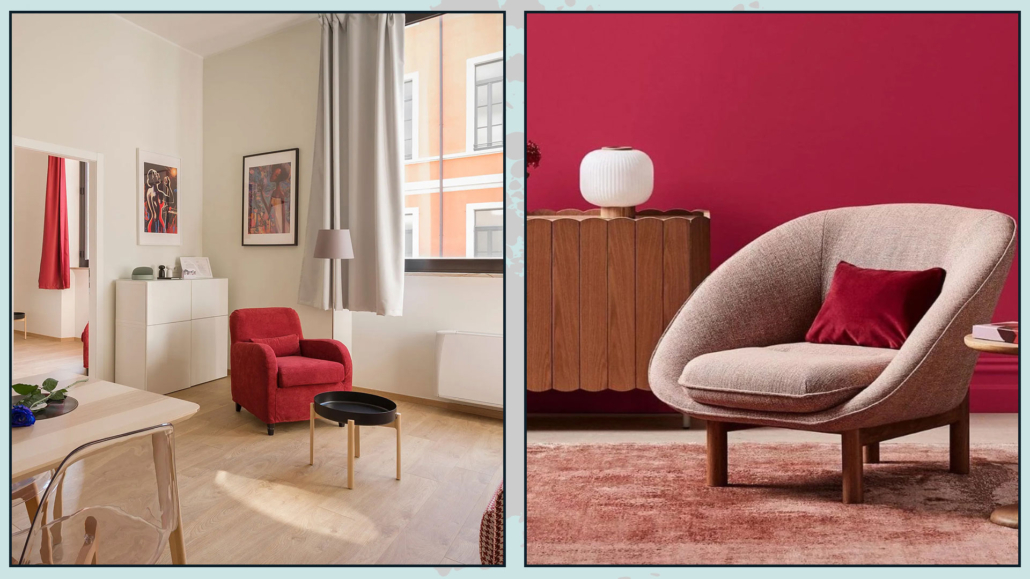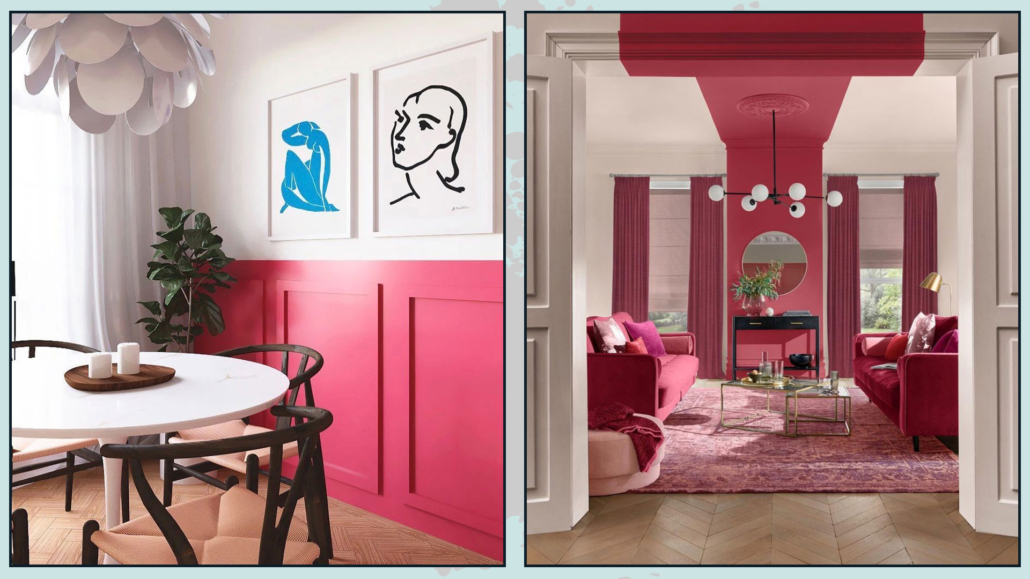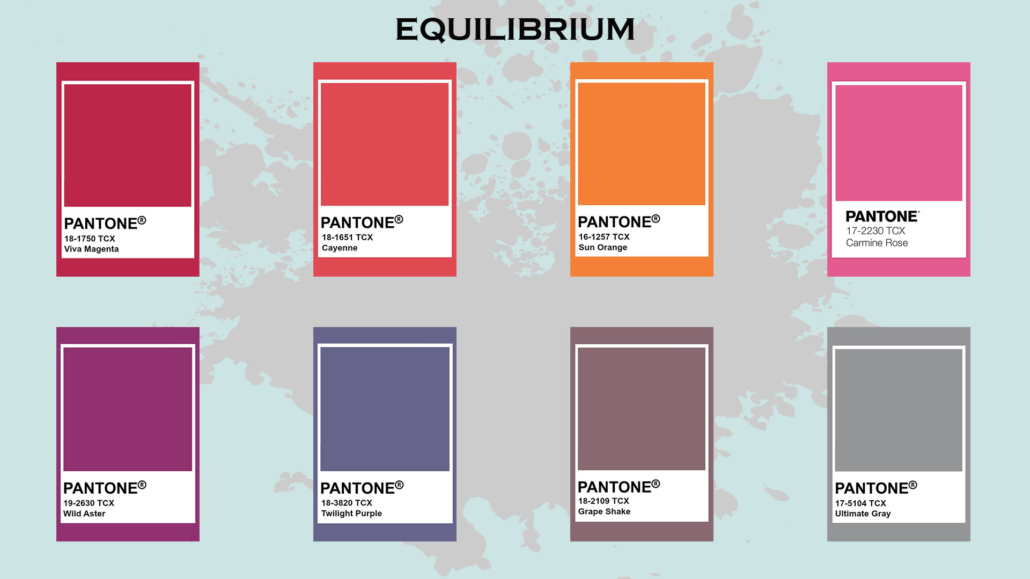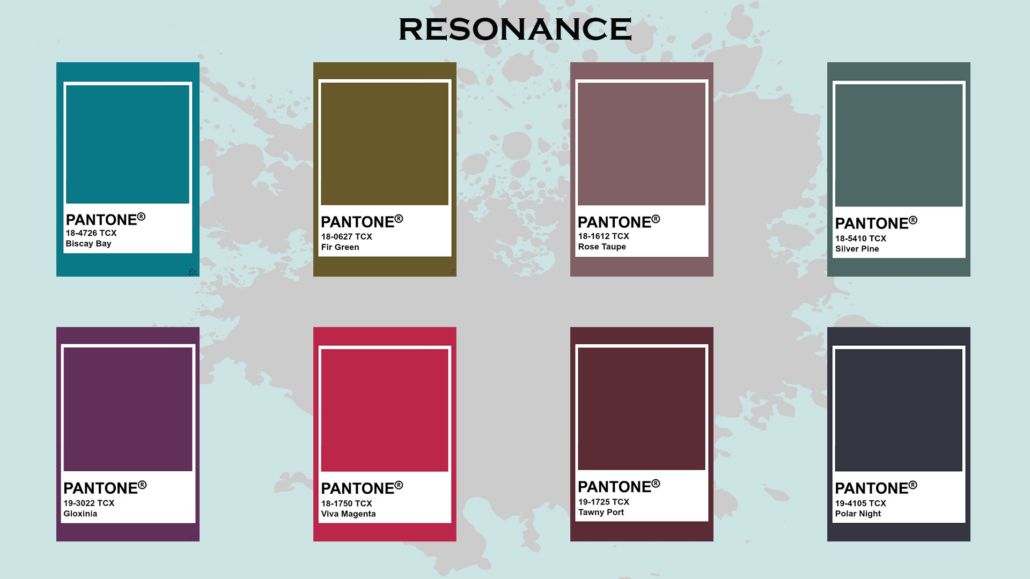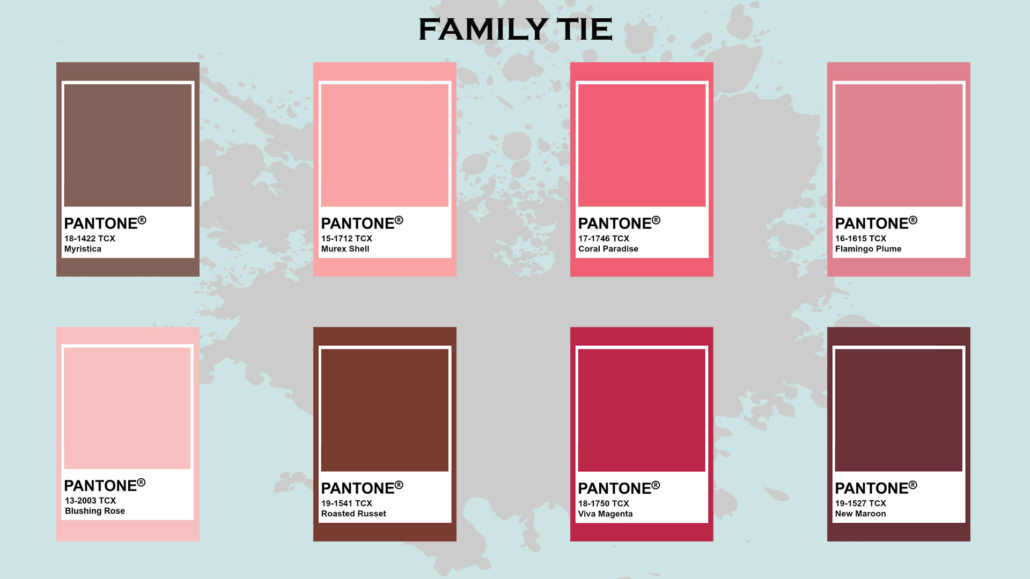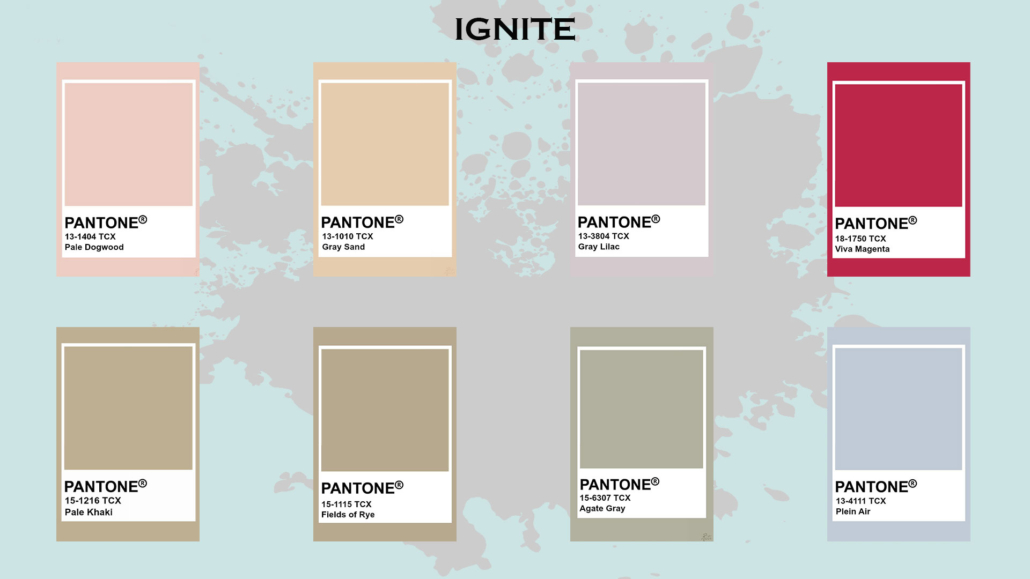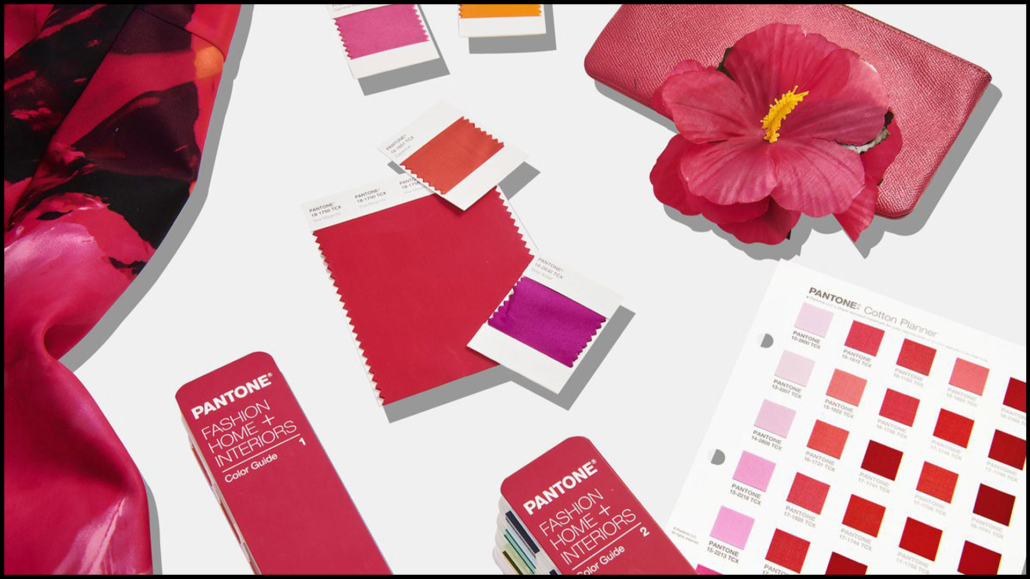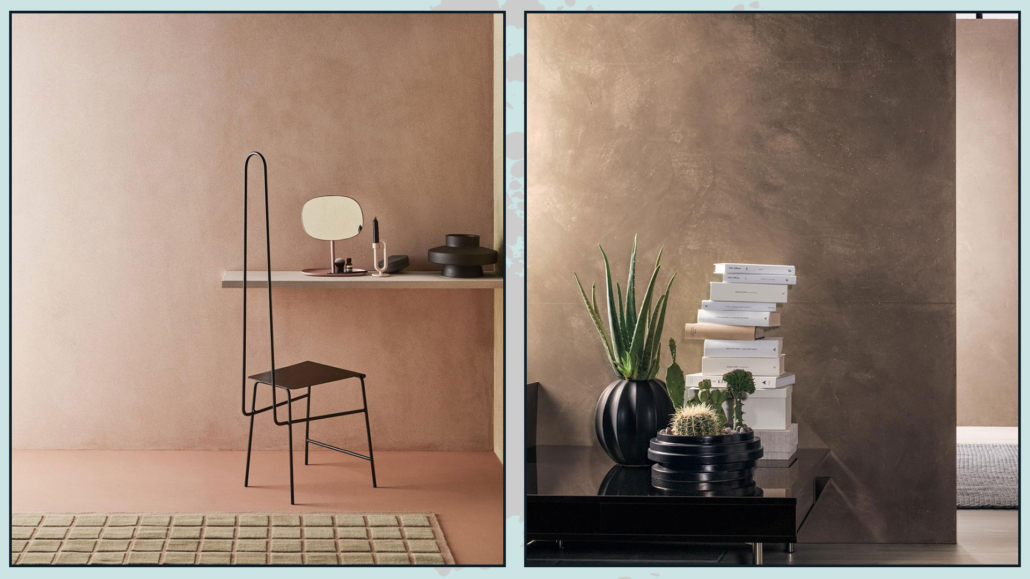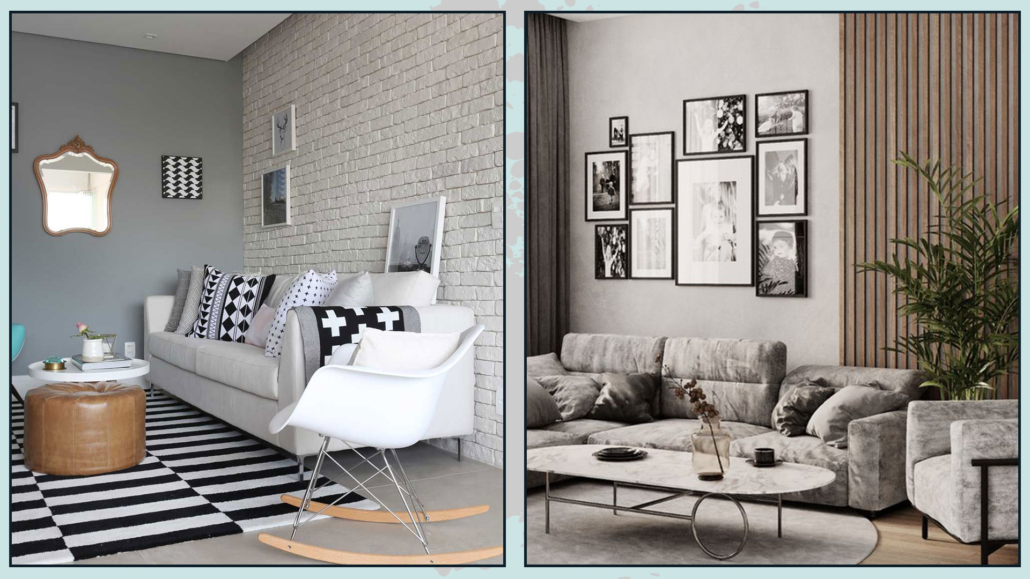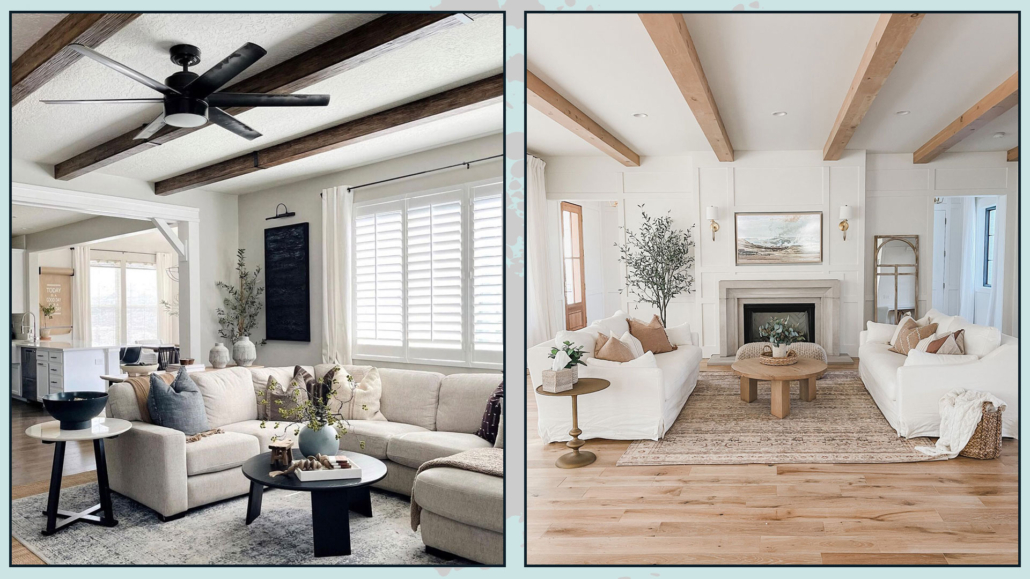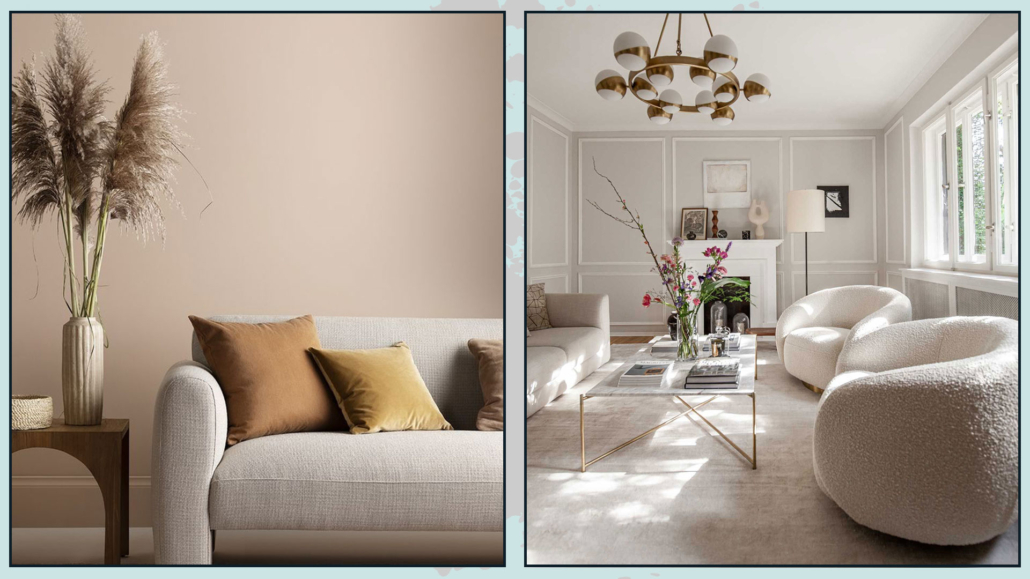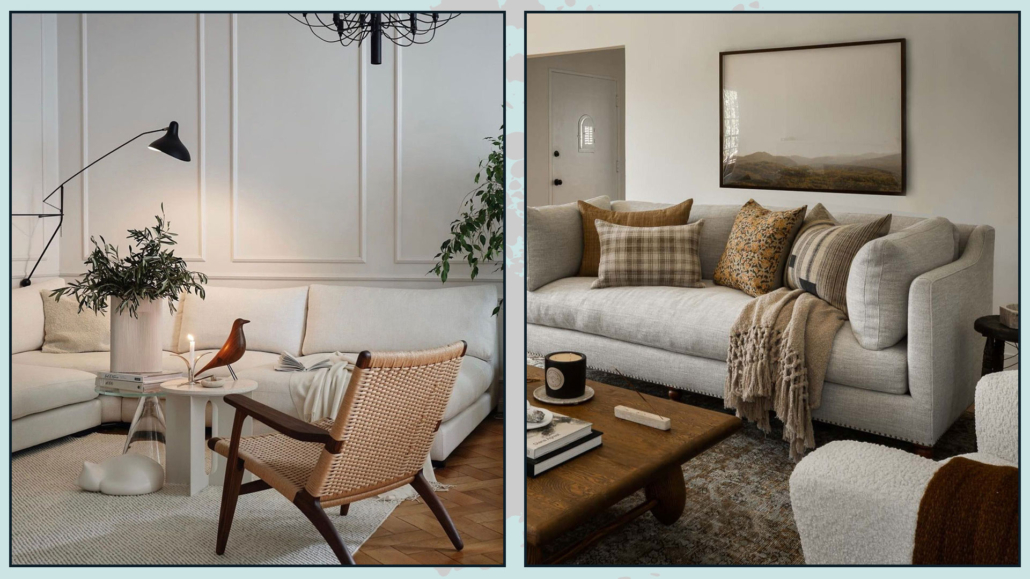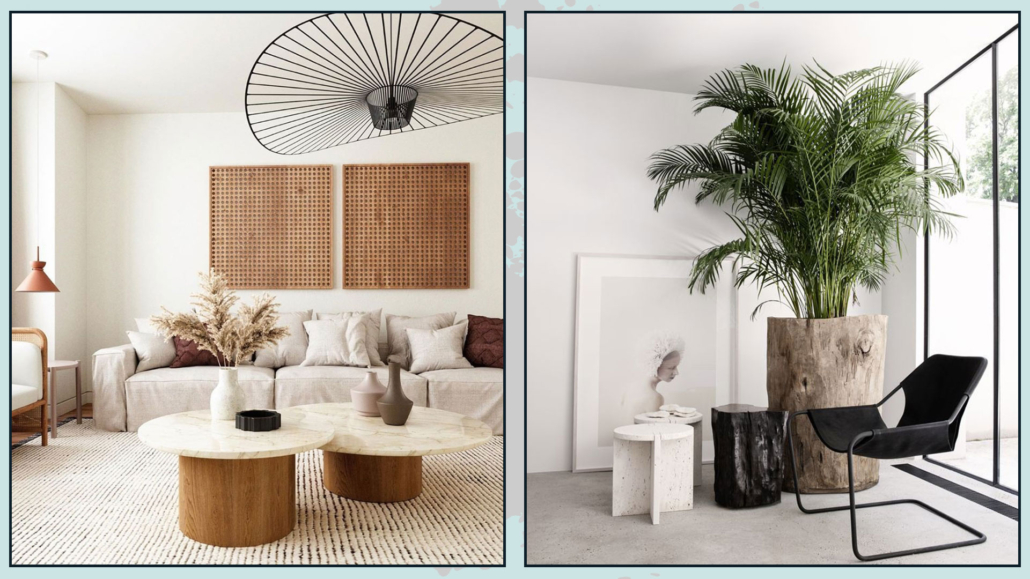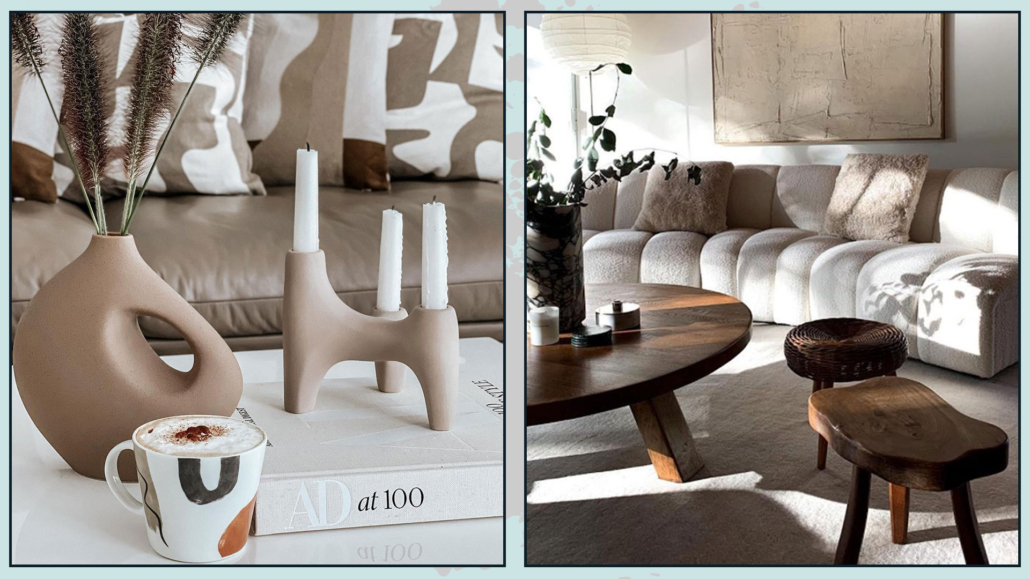Today I want to share with you some home decorating tricks you can use right away that will help you furnish and decorate your home to the fullest!
I have already mentioned some of these tricks in other articles, but it never hurts to repeat them!
1 – USE OF MASKING TAPE
– FOR FURNITURE ARRANGEMENT
Masking tape is mainly used for painting walls because it is easily removable without leaving residue and without taking away the plaster.
This tape, however, can be really super useful for other purposes!
One really super helpful use is to draw with it the footprint of furniture and rugs on the floor so you can see that the proportions are correct.
Just because a two-meter sofa theoretically fits, for example, does not mean that it is proportionate to the rest or functional to be able to move around!
As I often say, there is nothing like seeing for yourself to understand.
Of course, there are 3d modeling programs, even free ones, that can help with this, but it can become time-consuming if you are not familiar with them.
Drawing instead with tape is quick and immediate!
So draw the elements you would like on the floor and move around the room to see that everything is functional and proportionate!
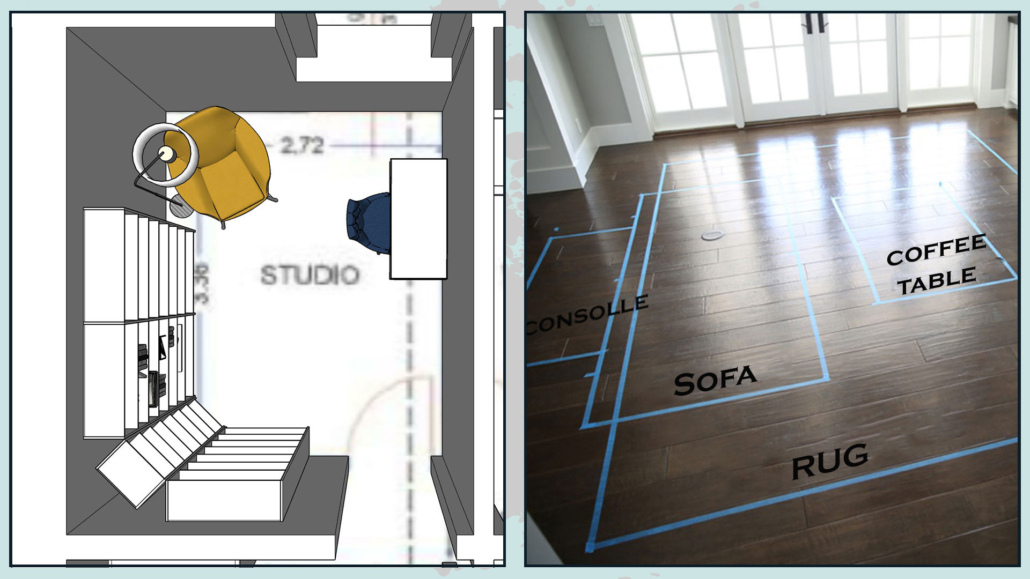
(credits: Vivere lo Stile; thesunnysideupblog.com)
– TO DECORATE THE WALLS
This trick can also be used on walls to see if paneling or wall lamps would fit.
You can also use it to create your own composition: whether it is just paintings or pictures with mirrors and other objects! (For this, there is also another trick!)
You only have to draw the outline of the frames or objects on the wall with the tape; you will see immediately if you really like the result!
Moreover, the tape is also very valid for hanging those pictures or mirrors with 2 hooks!!!
All you need to do is put the tape behind the picture or mirror at the height of the hooks and mark where they are placed on it.
Then you will place the tape on the wall at the desired height, of course taking care to put it on a level, et voila, the game is done!
That avoids measuring the distance between the two hooks, which is often impractical!!!
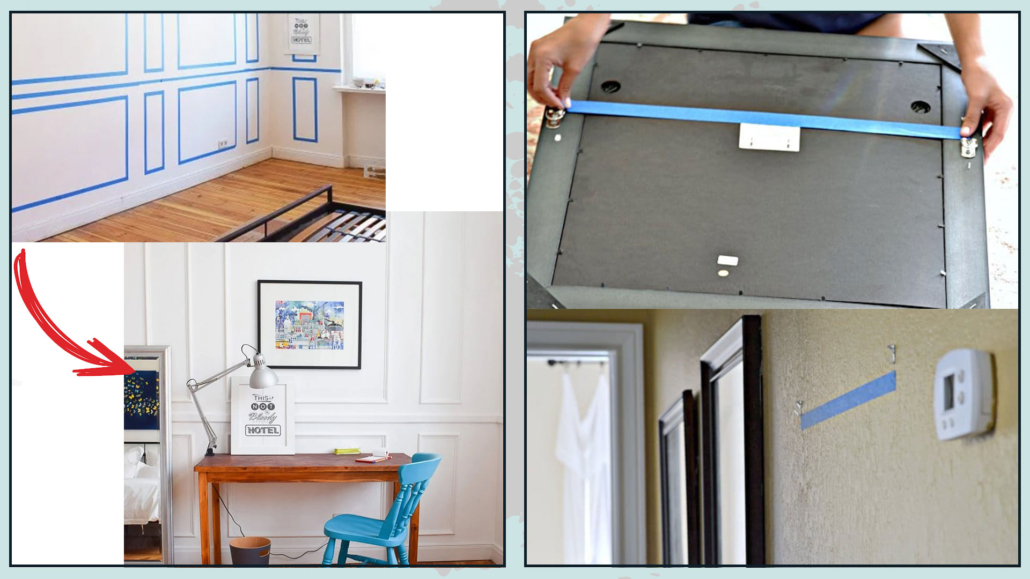
(credits: littlehouseonthecorner.com; sharonehines.com)
2 – USE PAPER TO HANG PAINTINGS
Whether you need to hang a painting or a composition of them, perhaps even with other objects, it is paramount to consider proportions and heights well.
To do this and avoid unnecessarily poking holes in the wall, you can use the trick from before, which is masking tape, or get help from paper and cardboard!
I personally prefer this method because the paper will contrast from the wall across the entire painting surface, giving an even clearer idea, in my opinion!
Not only that, if you don’t like the position, it will be easier to move the paper than to re-frame it with tape!
The trick is quite simple: draw the outline of the picture (or mirror or any object) on the paper and cut it out!
I recommend, also, marking the location of the hook(s) as well and maybe writing the description of the picture!
Then place the cutout on the wall by securing it with paper or masking tape.
With this simple gimmick, you can move and rearrange the sheets of paper until you are sure you have found the correct position!
Having marked the position of the hooks will be a snap then, hammer in the nail or drill holes to put in the dowels!
By doing this, you will drill holes in the right place on the first time, and the wall will thank you!
(If you are interested here I’m going into details about how to hang paintings)
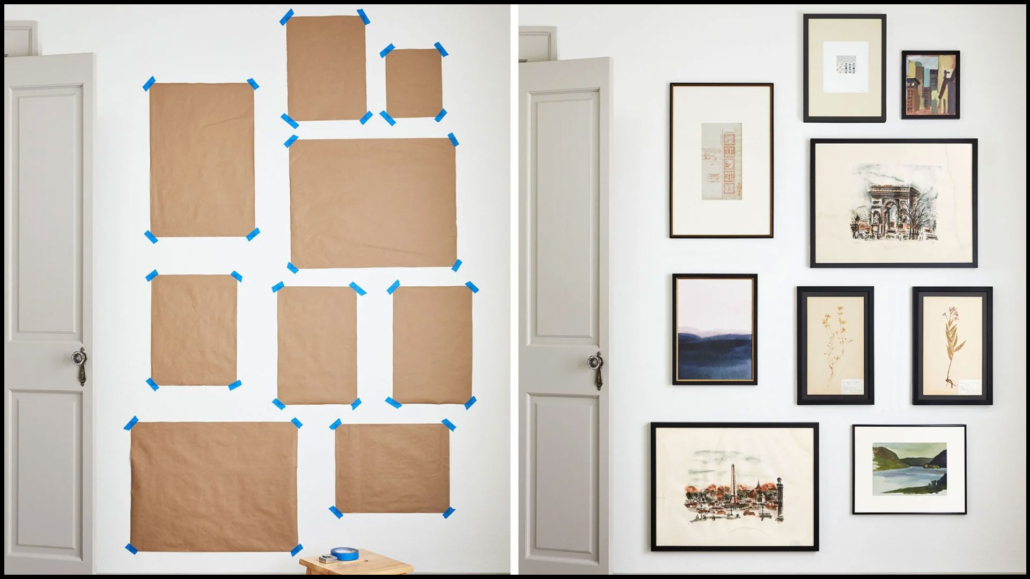
(credits: claireprints.com)
3 – ADHESIVE TAPE FOR POTS
If you have vases with a large opening, putting flowers, whether real or fake, is really tricky because they will rest on the edges of the vase, leaving a gap in between.
Here again, the trick is there, and it is indeed simple but effective: again, use tape, possibly the transparent kind!
All you need to do is create a kind of grid on the vase opening with tape and then arrange the flowers inside this grid!
The result is guaranteed!!!
If the vase is quite large and not glass, another way might be to put a smaller vase in it!
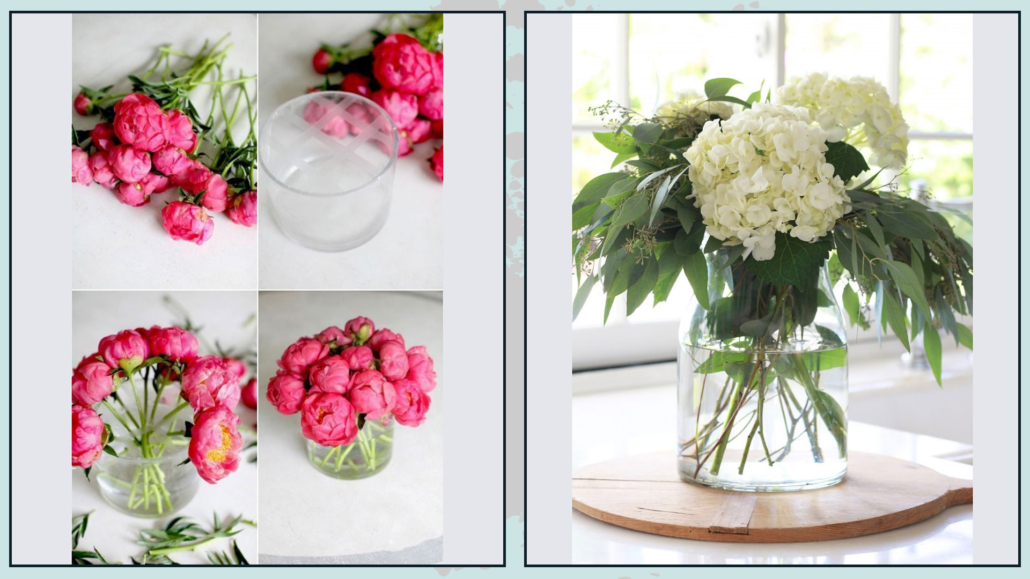
(credits: kristywicks.com; maisondecinq.com)
4 – LINING THE BOOKS
Books are really a beautiful way to decorate the home: on the coffee table, shelves, or console table, they give that quid to our compositions!
The problem with books, however, is often the color of the covers that doesn’t match the color palette you’ve chosen at all!
When this is the case and, understandably, you don’t want to buy books specifically just for decoration, you can decide to line them!
All you need to do is buy some paper or fabric that matches the color palette you have chosen for your home and line your favorite books!
Then, to recognize them, you can write the title by hand if you have nice handwriting, print a label or use stamps!
By doing this, you can put your favorite books in your compositions!
It might also be an idea to have a cover for each season or at least 2: one for fall-winter and one for summer-spring!
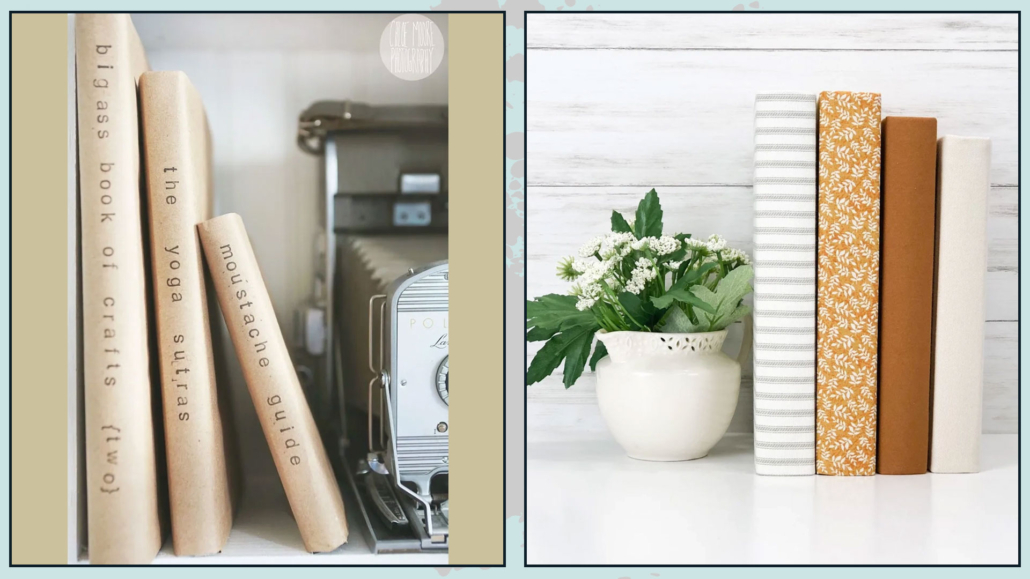
(credits: chloemoorephotography.blogspot.com;thehouseofelements.com)
5 – USE WAX OR DOUBLE-SIDED TAPE TO SECURE OBJECTS
I guess you have a cutlery tray in your kitchen drawer, and every time you open it, it moves around, ending up in the bottom!
How annoying is it?
Maybe you also have objects on display that you care about, but there is a risk of bumping into them or you have children or animals and you are afraid they might fall…
What to do in these cases?
Simply by doing as in museums: blocking these objects with wax or double-sided tape!
Specifically, as waxes, there is “museum wax”, and as double-sided tape, there is “PfX Nano” (you can find them on Amazon).
You only need to put a small amount of wax or a small piece of tape to lock the objects where you want them.
However, both wax and double-sided tape are easily removed without leaving any residue!
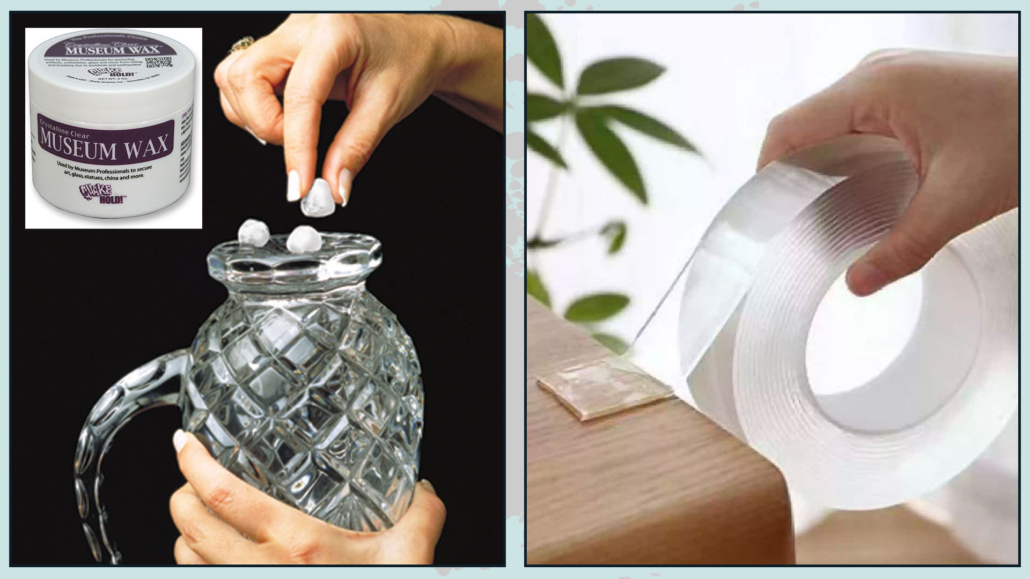
(credits: Amazon)
6 – RECHARGEABLE BULBS
How often have you found yourself wanting to put a lamp, whether floor or table one, in one place and then not having an outlet nearby?
When this is the case, either you use unsightly, as much as dangerous extension cables, or you end up giving up putting the lamp there!
Well, here, too, there is finally a solution: rechargeable bulbs!!!
Thanks to these bulbs, you can add a few light points, perhaps even on the wall, to give that extra quid without having to break anywhere or redo the wiring!
By the way, thanks to the remote control, you can also decide the brightness by adjusting it as needed!
You can find them on Amazon!
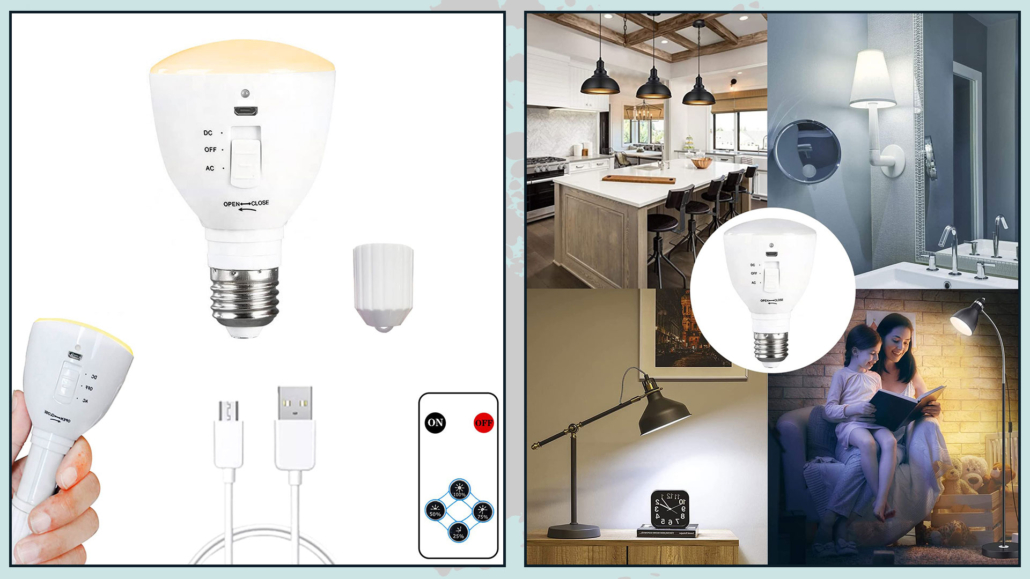
(credits:Amazon)
7 – FIND THE COLOR USED FOR THE WALLS AGAIN!
It’s time to whiten the walls of your home: if you have them white, no problem, but if you have them colored and want to keep the color, you need to remember the codes!
Easily you no longer have them!
It is normal; it has happened to everyone!
To find the right color, if you do not want to buy special tools, you will need to scrape a little plaster, perhaps under a socket or behind a piece of furniture.
The paint store has the tools to recognize color.
Once you find it, however, to avoid going crazy next time and having to ruin the wall each time and then retouch it, I reveal an effective trick!
Take the plate off one of the sockets and write the color code for that wall behind it with a permanent marker!
By doing this, especially if you have multiple colors, you won’t have to go crazy to remember the codes or where you put the paper where you marked them all!!!
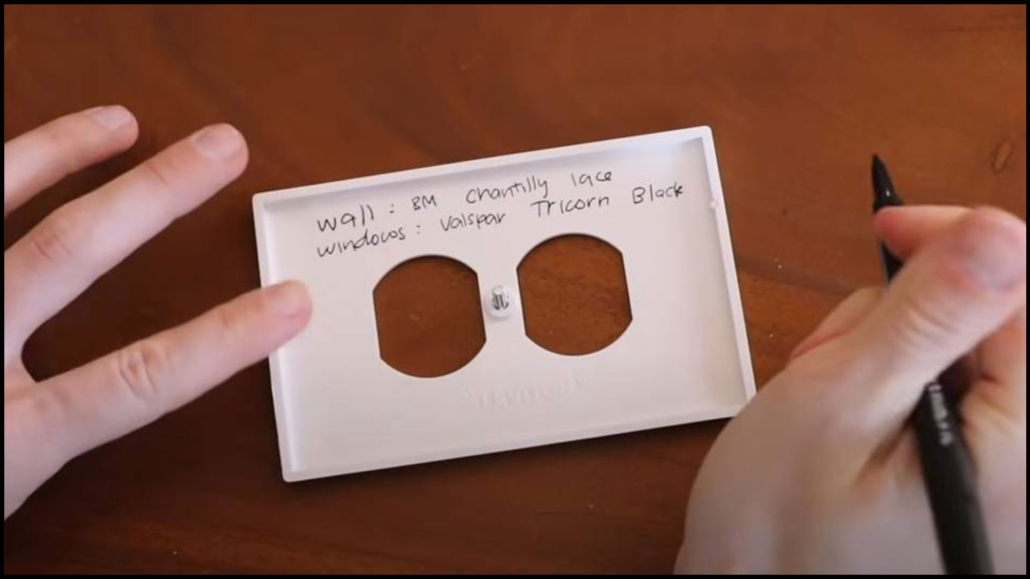
(credits: lonefoxhome)
I hope this article was helpful and you love it; in case, let me know in the comments!
Feel free to share it with anyone you think might be interested, I will be honored, and it will help me get my name out there.
If you feel that your home, or some environment of it, does not reflect you enough, do not wait any longer and book your consultancy: just contact me!
